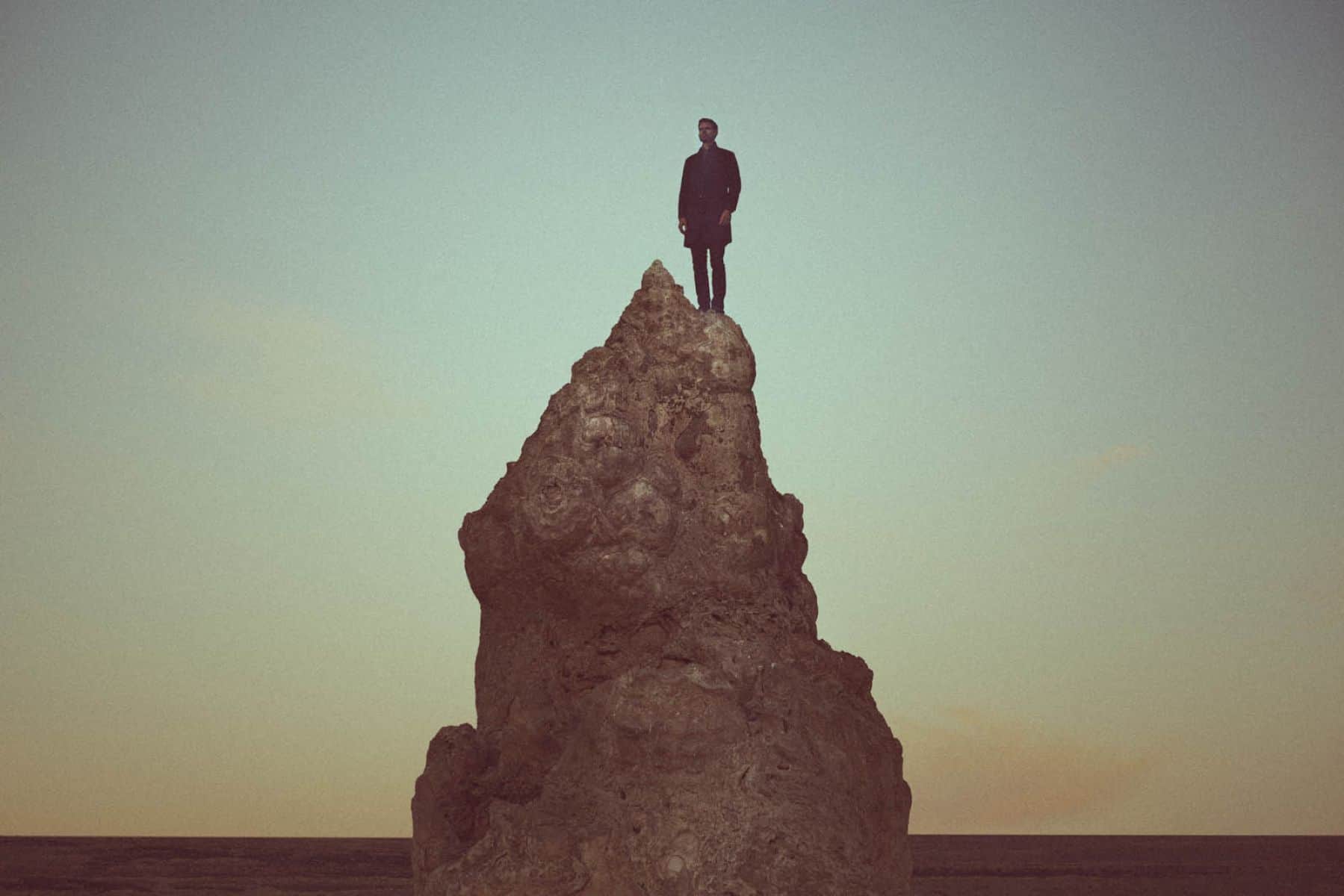Interview 042 • Mar 21st 2016
- Interview by Lou Noble, Portraits of Reuben Wu by Lucy Hewett
About Reuben Wu
Reuben Wu is a photographer, film-maker and music producer.
He is also co-founder of the band Ladytron.
Links
Foreword
Feels like I've known Reuben for years because that's how it was, back in the good ol' days of Flickr, where you got to know folks through their work and their comments, a big and wild world of mutual appreciation, a veritable feast for a young(ish) guy just beginning to really appreciate photography.
So it was a blast to finally have a conversation with the man, talk about his work, get in deep (like we do here at TPJ) about the hows & whys of things. His work is a refreshing change of pace for us, something I hope to continue as the year goes on.
This interview has been edited for clarity and content.
Interview
Let me start with, what is it that draws you to a particular place when you’re taking pictures?
I think it’s the “out of the ordinary”…there might be something that draws me, initially. It could be the northern lights, it could be geothermal geysers or volcanoes or whatever. But there’s always something, which I discover along the way, it’s quite serendipitous. I always end up with work that is more than just what I set out to find, which is quite nice. I see it as a kind of exercise in my eye and my imagination, where I go to a place, and obviously look at the stuff which I went out to see, but along the way I’d find things.
For example, I went to a place called Svalbard, which is about 700 miles out of the North Pole, and this was in 2011. I actually went because I wanted to see the northern lights. The year before that, I went out to Tromso, which is kind of close-ish, it’s in Norway, it’s close, and you’re meant to see the northern lights – never got to see them! So Svalbard was the result of the failed attempt in Tromso, so I spent two weeks with a friend on snowmobiles, because it was the dead of winter. There was some sun, and it was a very very strange experience, because the sun comes up at 10am, and it skirts the top of the mountains, takes about seven hours, then it dips. It’s like perpetual golden hour, all day.
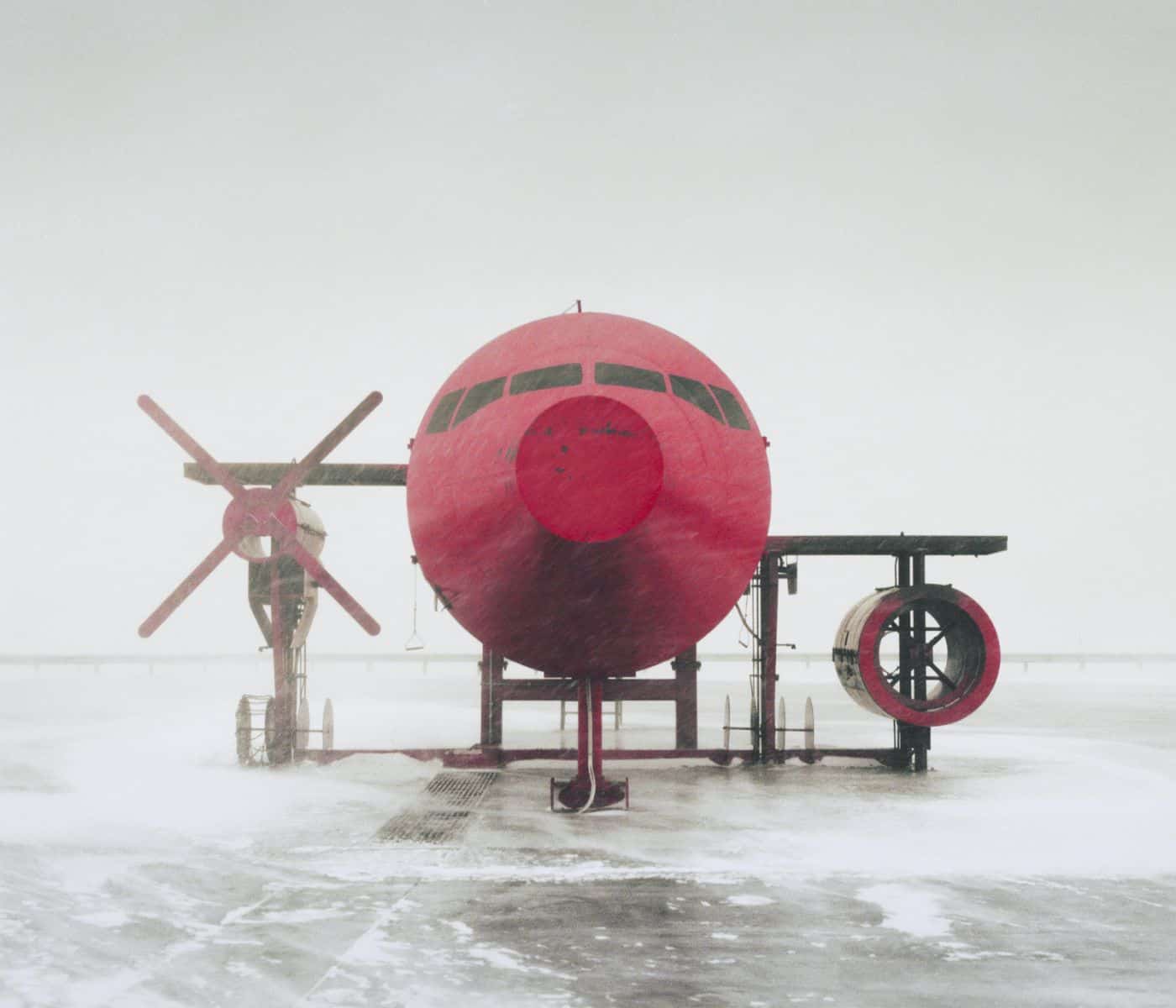
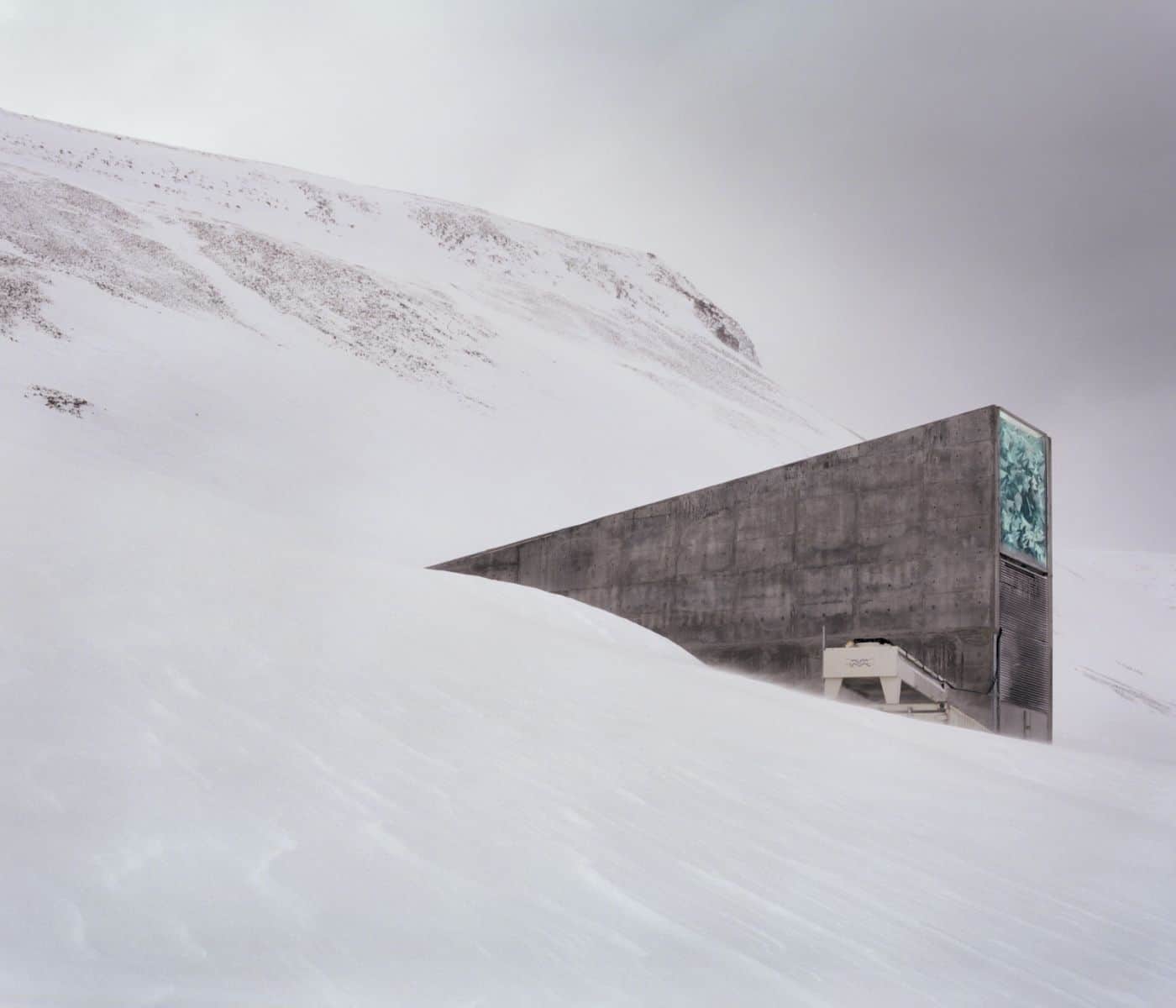
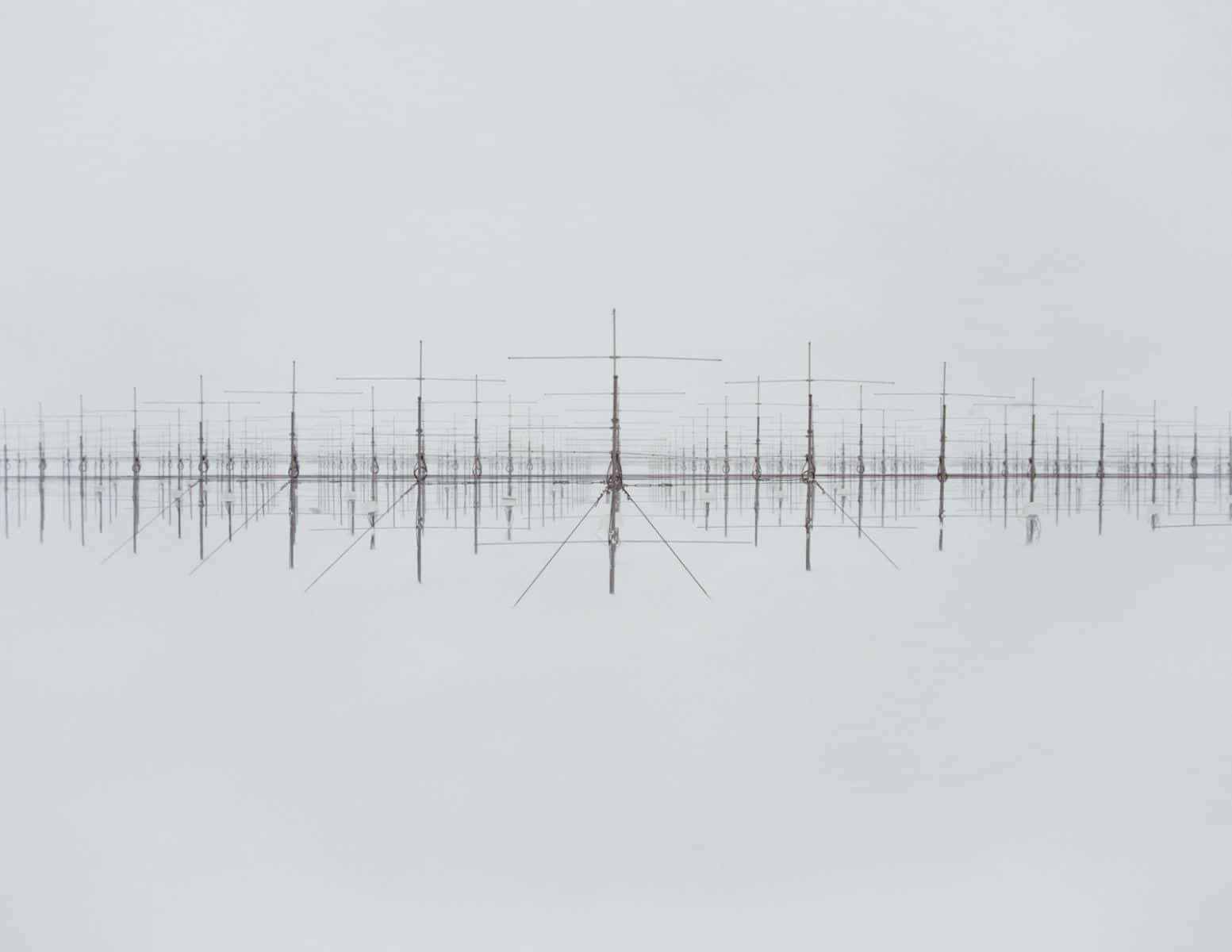
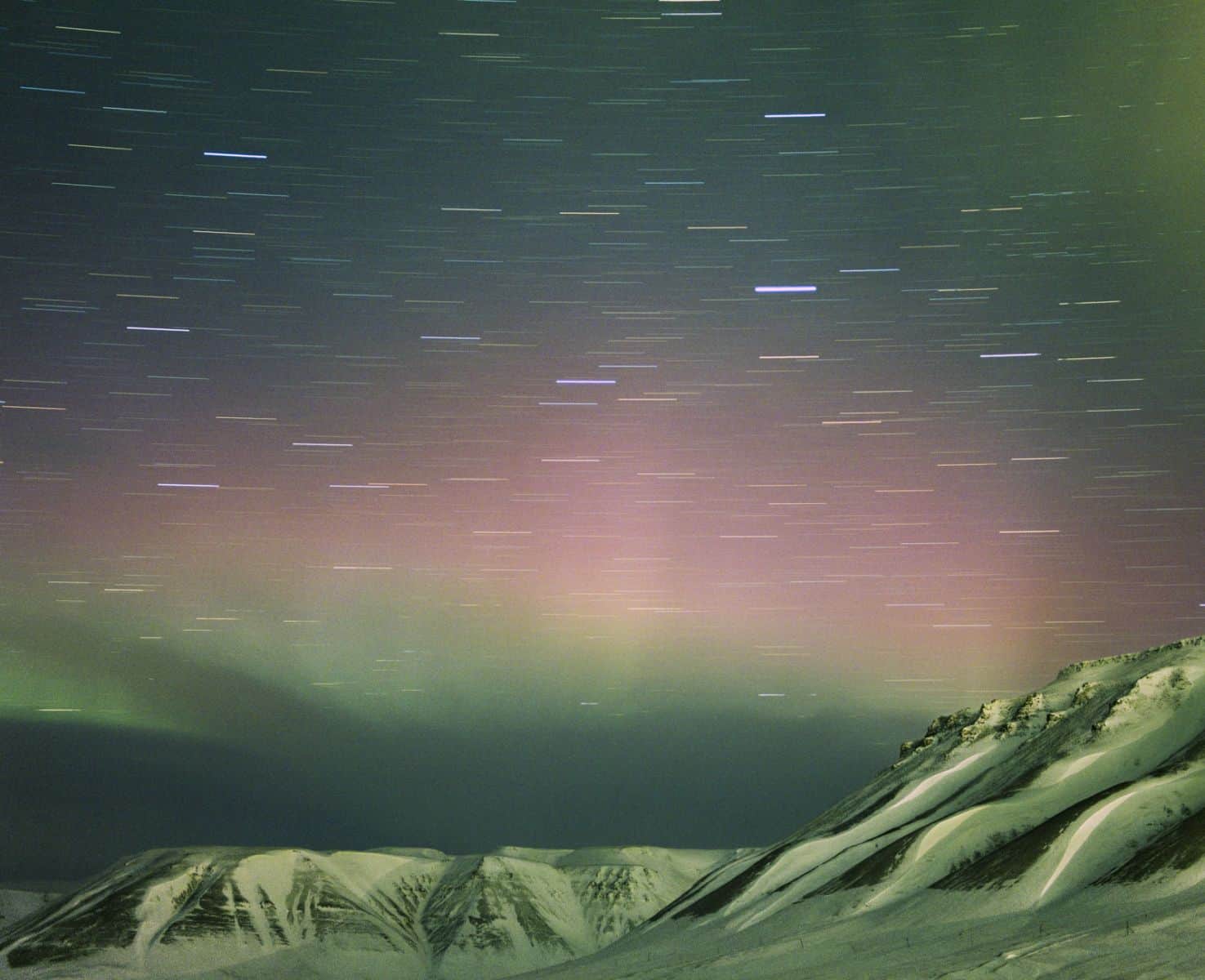
That’s great!
I was looking at my watch, and was like, “oh, it’s noon!”
You have to look at your watch just to know what time of day it is.
Yeah. But your body thinks it’s five, this beautiful sunset, it’s going to get dark soon, but it just goes on and on. So that was something that I wasn’t really anticipating. And things that I would find along the way, you know, particularly in Svalbard, it’s such a barren landscape, that things really kind of stand out and you discover them. So things like the Seed Vault, they call it the Doomsday Vault.
Yeah, I’ve heard of it!
And that’s just a…it’s quite difficult to find, but when you find it, it’s this really crazy, futuristic looking concrete and glass thing sticking out of the mountainside. A place like that is full of hidden things that are just really interesting to find. So I see an initial attraction as a starting point, and from there I’m flexible enough to explore, and change plans, whatever makes me happy.
Do you recognize what it is you’re drawn to, in those explorations?
I do. I think it’s instinctive, the kind of stuff that I’m drawn to. I’m attracted to themes of technology, science, the human story in nature. I’m not that interested in just taking a picture of a natural environment. If there’s something in there that is slightly strange, that is slightly adjusted; it’s a machine, it’s a water level that has risen. It always asks the question, “what happened here? What is the story behind this?” I look for details which make a landscape more interesting. I don’t really focus on exactly what these things are, you know, most of the time I find these things, and I don’t know what they are, so while I’m photographing them, I have an idea of what they could be. It’s kind of fun, it’s an exercise in imagination, fiction, you know. And obviously, I find out later what they’re for, and it’s still just as interesting! I like to entertain these ideas of possible parallel universes, which…you know.
Yeah, I definitely see that. Is there…because you started shooting when you were on tour with Ladytron.
Yeah.
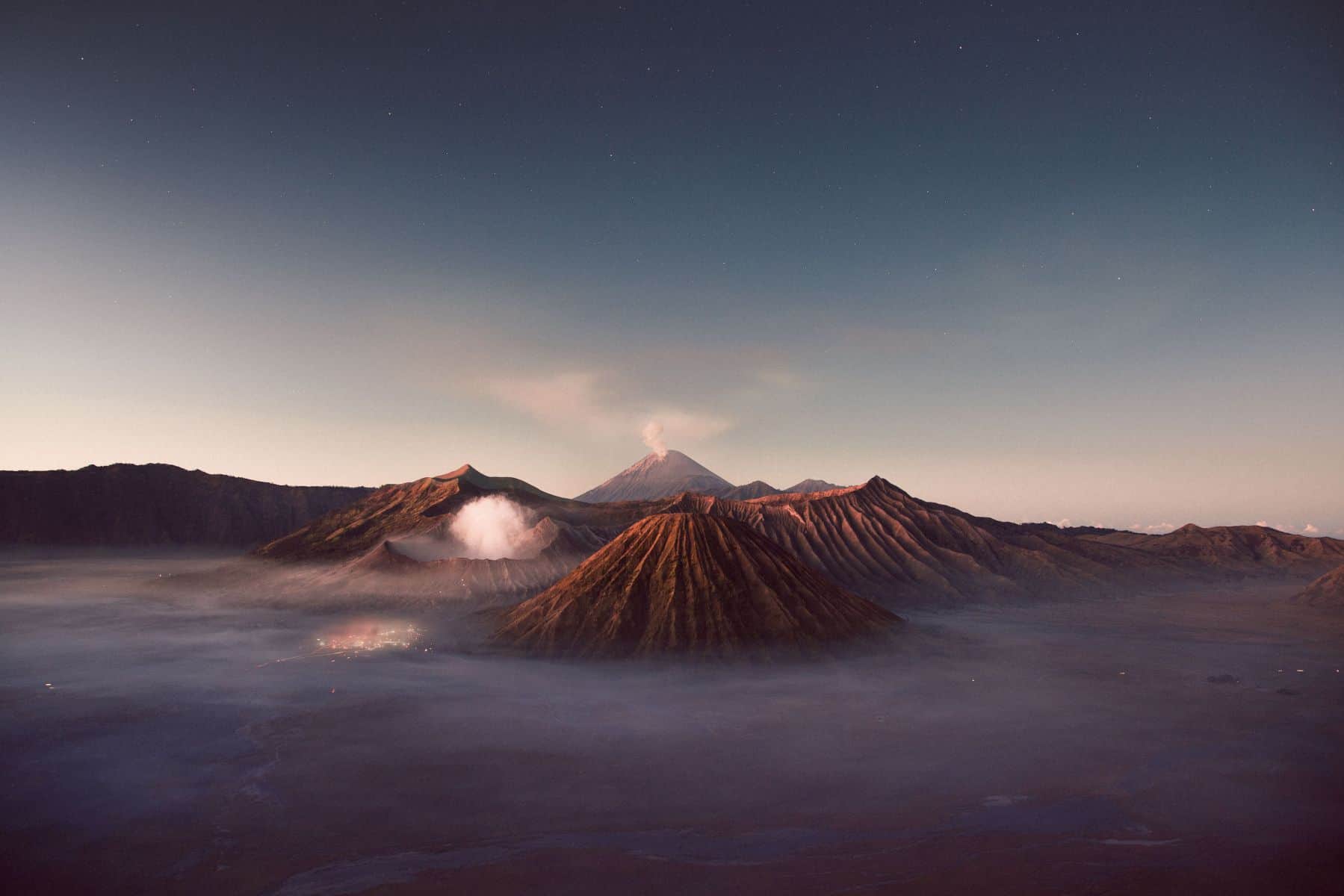
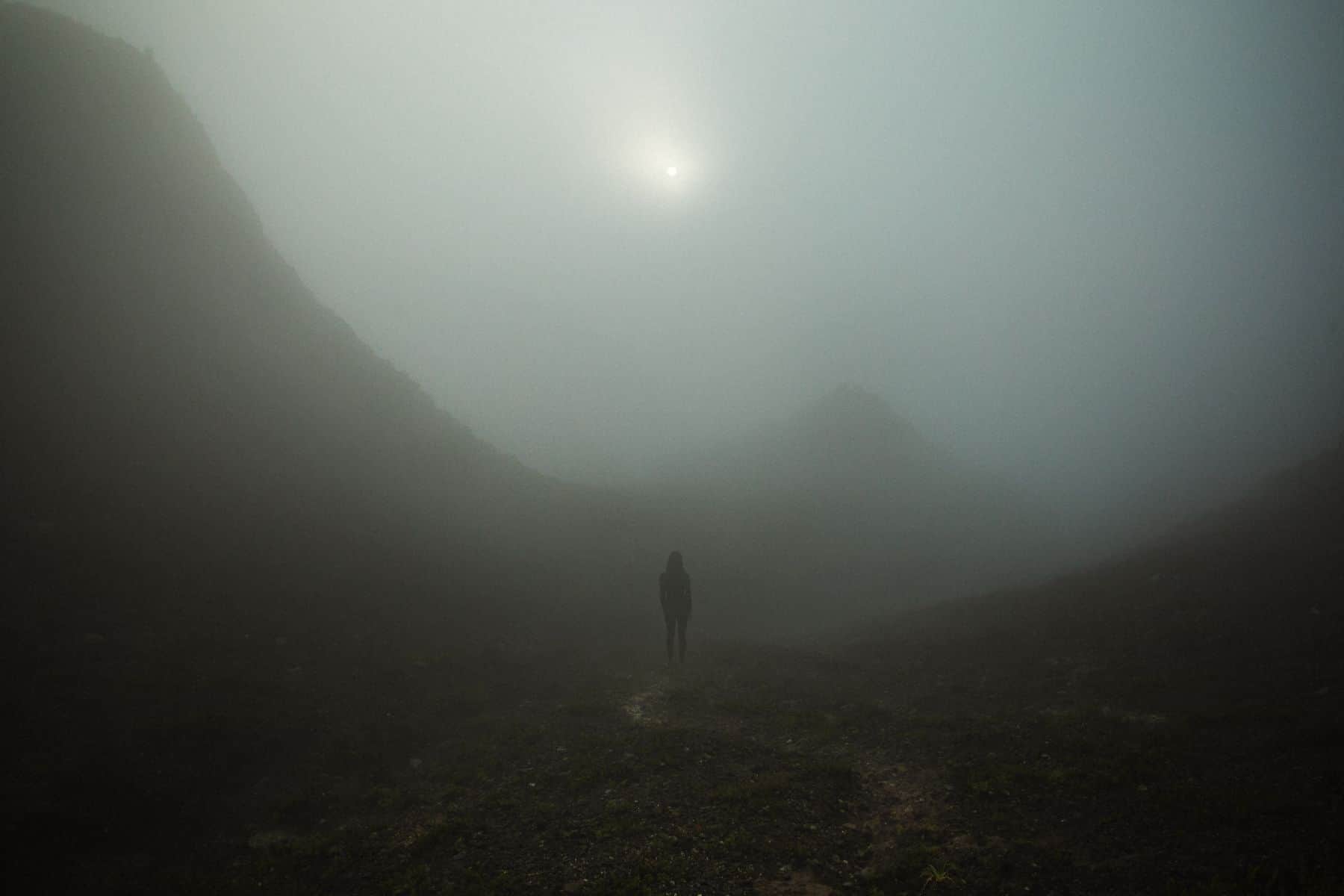
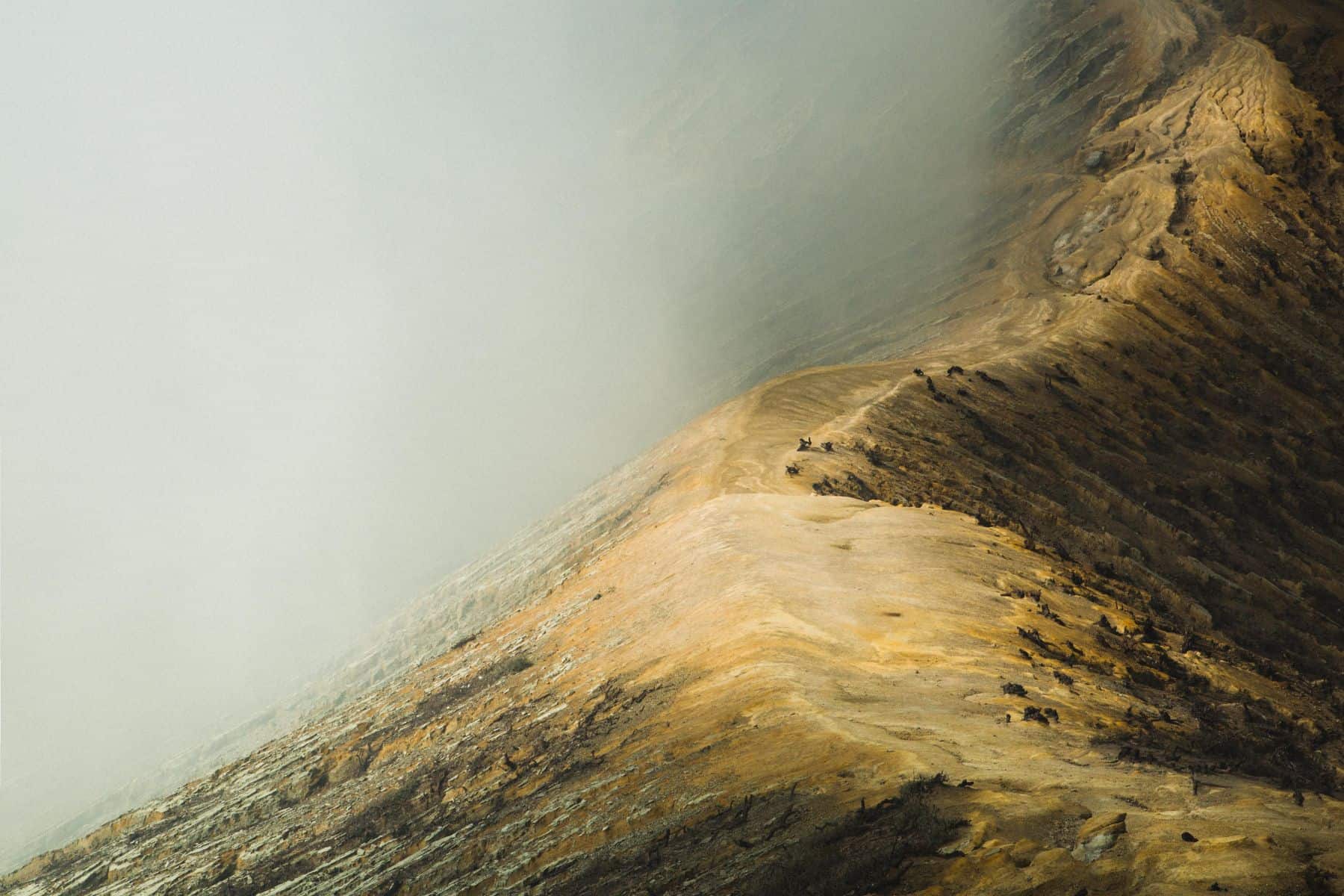
At the time, was it the same kind of exploration, shooting places you guys were eventually going to play? Was your earlier work still the same kind of landscapes? Or did you find your way into landscapes?
I was always into landscapes, since I was a kid. My dad is a life long subscriber of National Geographic, so I was brought up reading that magazine and looking at the photos, and it got me obsessed with beautiful landscapes and stars in the sky, and mountains; technology and outer space and dinosaurs and archaeology, and that kind of thing. I grew up with that. And I was also pretty active in the outdoors, I would go out walking, climb mountains in camp. I was doing that from quite an early age. Should have been out chasing girls, but actually no I was hitchhiking and drawing mountains in my sketchbook and stuff.
Hahahaha!
So yeah, I’ve always had quite a natural connection with that. I definitely find landscapes easier to photograph than people, even though I love photographing people and doing portraits. I feel like I can really take my time with a landscape.
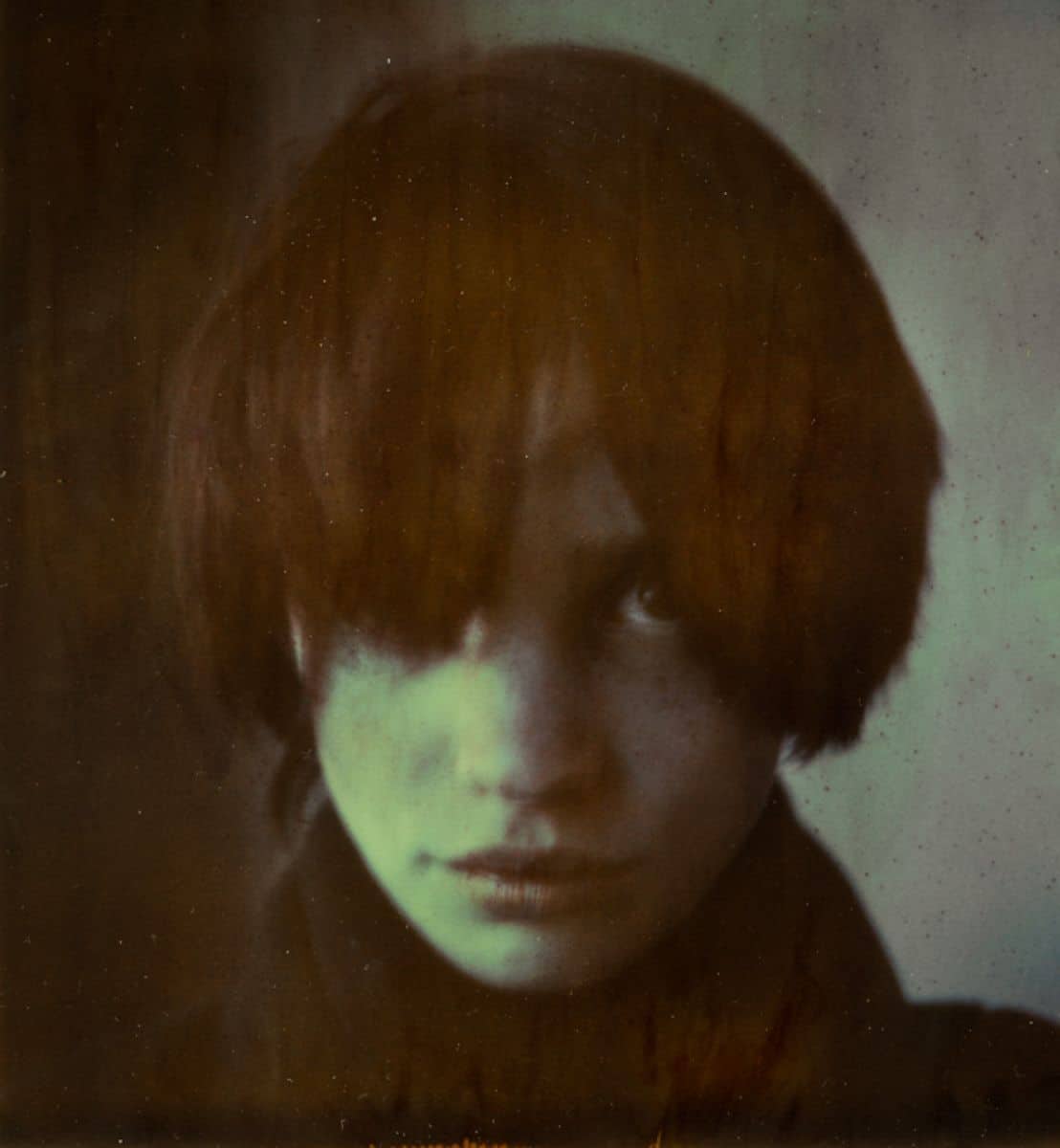
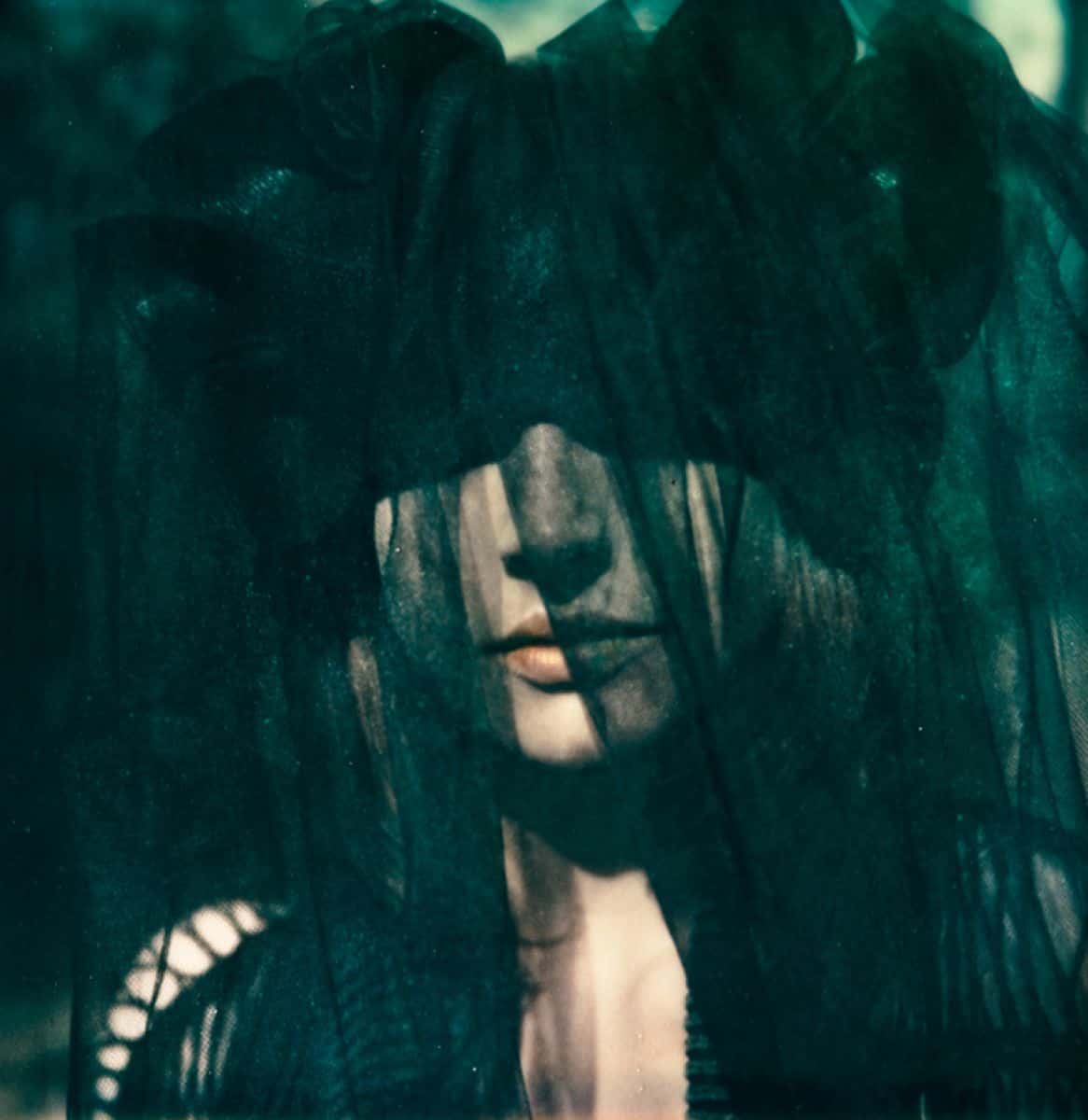
Where is the difficulty in photographing people for you?
I think I’m naturally a shy person, I’m quite reserved. I think I just prefer…when I’m photographing and whatever, I do prefer to be alone. I just feel like I can get into that kind of flow state easier. If I’m with people, it’s fine, but if I’m really serious about taking pictures, than I would prefer to just be by myself, you know what I mean? Some people are really good at doing portraits, like yourself. I try to do that occasionally, and when I get the opportunity, I really love to do it. But right now, I suppose, I’m concentrating more on landscapes. I’d definitely like to do more portraits in the future.
Right, because I saw a photo of yours, of a woman who was standing on the rock, with a kind of lagoon feel to it…I’ve seen a lot of landscape photographers try to do portraits, and they don’t know what to do with a subject. But it seems like on the rare occasions that you do use a subject, it’s still very complementary to the piece. It’s engaging, and the subject is alive within the piece.
I feel that if I do a portrait, then people need to be able to find that connection with my landscape work, because I do so much with landscape, whenever I do depict people within those landscapes, it’s kind of…a lot of the times they’re there, not very identifiable, they’re small, they show the scale and the vastness of the place. And I think that’s very important.
Right.
But, at the same time, I think there is a place where I can work in the portrait world, which occupies the same space, that’s definitely something that I want to explore, and I haven’t really had the opportunity to fully explore that so far.
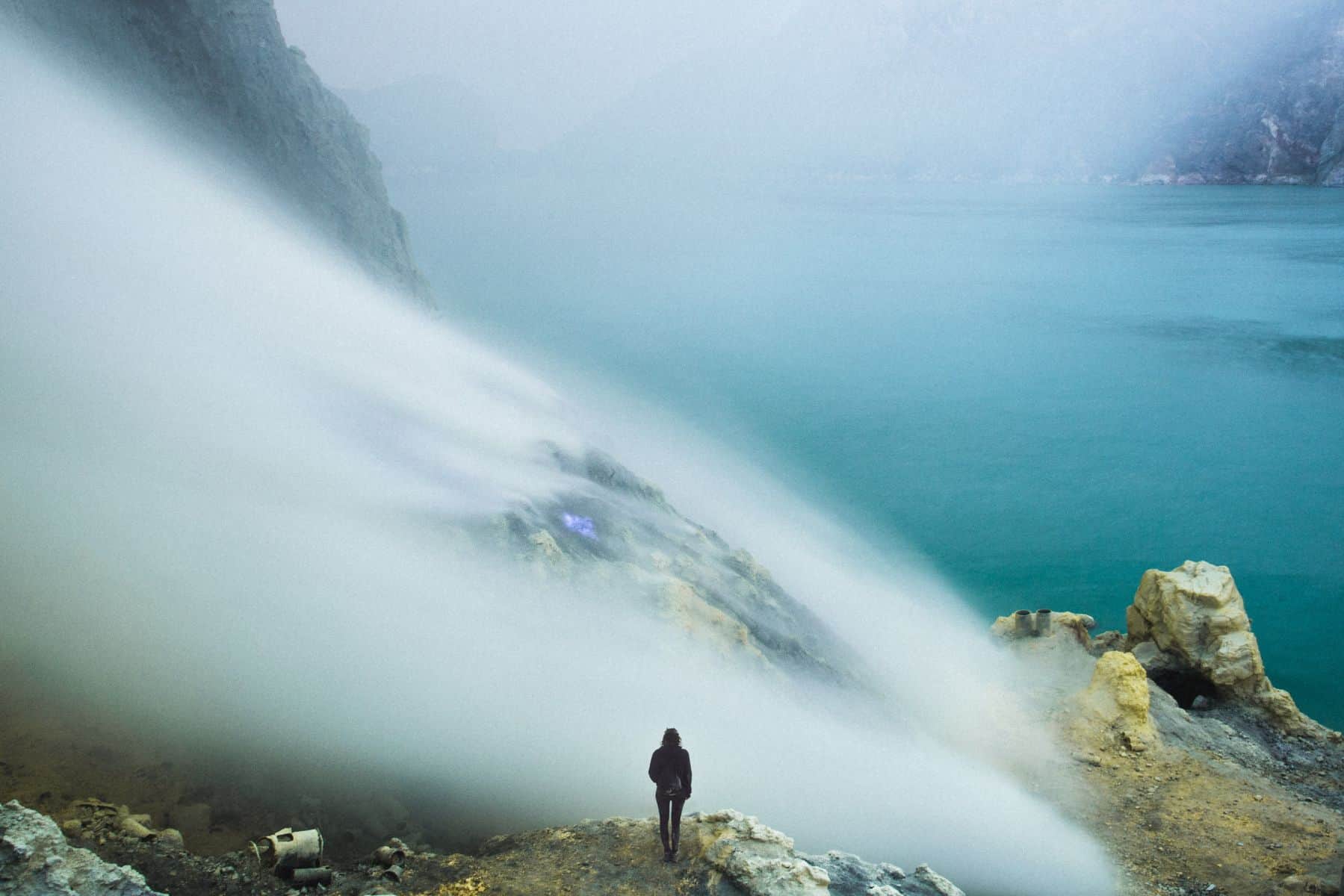
Right. If I may ask, are you focusing primarily on photography right now?
I’m focusing on three things, and photography is one of them. Photography is actually the one that I want to focus on most, because I feel natural with it, and feel comfortable with it. I want to do more of it, but I do have the background in music production, and I continue to make music, so that is something that I continue to focus on. There’s also video, which is kind of a third part of the whole, kind of…three part assembly of music and pictures and motion. So I’ve been doing more and more video recently, which is really really good, although it does take up a lot more time than stills.
Definitely.
Stills is something that I can, it’s a very, as I said, I feel really comfortable with it, and I can just keep on going and going all night and not sleep. With video, it requires a bit more…I don’t know, it’s a different part of the brain, something else. Maybe I’m just continuing to learn that and I’m still getting into the swing of things. But yeah, the three things, I have three kind of main things at the moment, and it’s nice, because sometimes I work on a project that’s music and visuals, and I’m able to understand both disciplines, and it allows me to produce something which is quite synchronized between the two.
You haven’t done any videos for for Ladytron, have you?
No, no I don’t. We used to do all the artwork. And we do creative direction for all of our video work and stuff, but lately, the last couple of albums, we’ve taken a step back from actually getting our hands dirty and doing that stuff. In the past, the first two or three albums, it was a lot more DIY, and we were able to just do it ourselves, that kind of thing. To be honest, Ladytron hasn’t been doing anything since 2011.
It’s not that long ago, but to a lot of people, it’s ancient history. It feels like a long time ago, for me, I’m very much kind of concentrating on my own thing at the moment.
Are you aiming more for commercial photography or fine art? Because I feel like your work definitely lends itself to being up on a wall or in a gallery.
Yeah, I do both. I think lately I’m making more in-roads into the commercial world. I’m interested in being able to take the qualities of what my photography has in the fine art world into the commercial world. And I know that there’s so much commercial stuff out there that is horrible.
So true!
And I would really like to change that, and be able to do something which is artistic and will work in a commercial sense. A number of people, creative directors, art producers, they are, more and more, coming around to the fact that you can do that, so rather than me changing my work to be more commercial, I’m trying to get people to come around to my way, as well, meet me in the middle.
Right, yeah. And are you strictly analog right now?
No, I’m both!
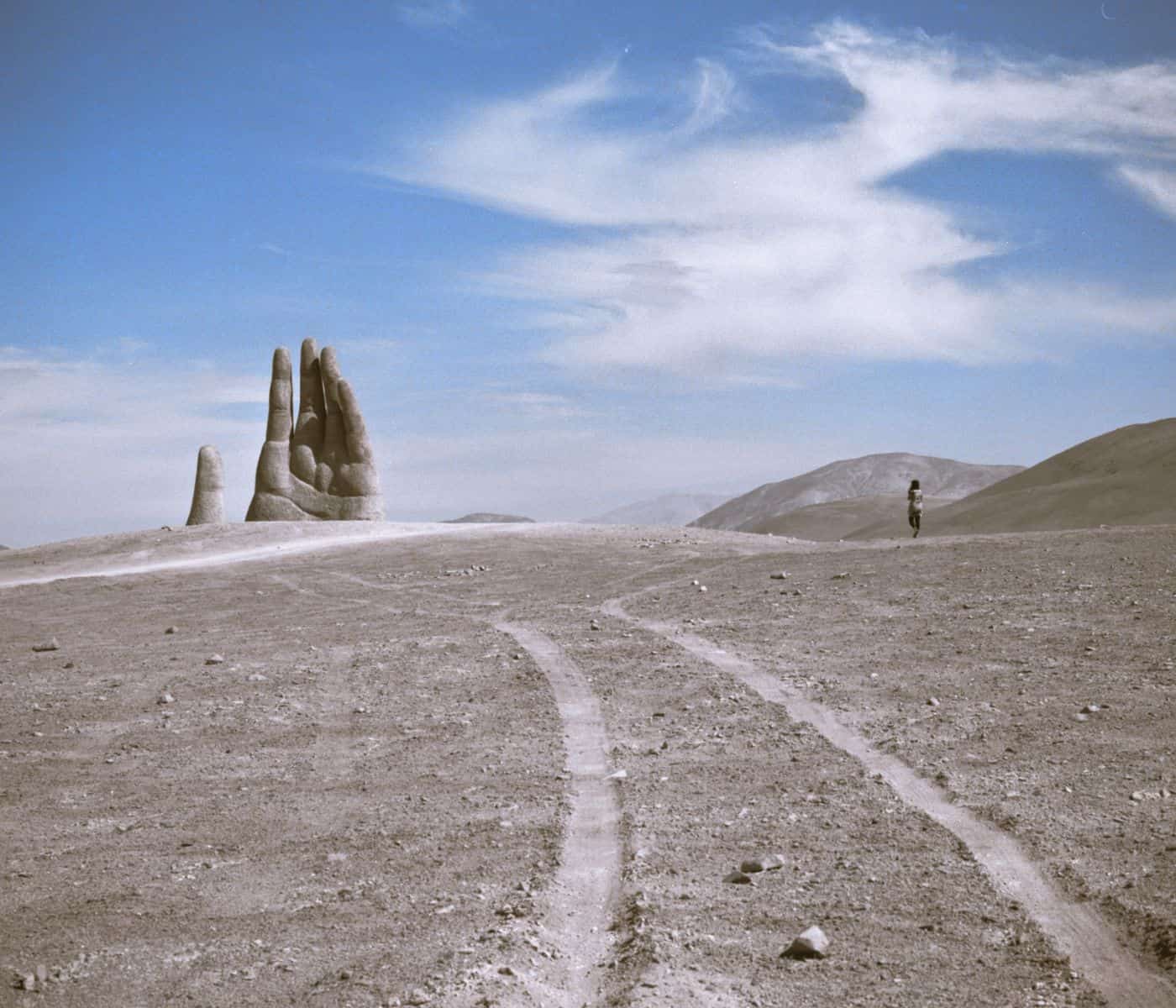
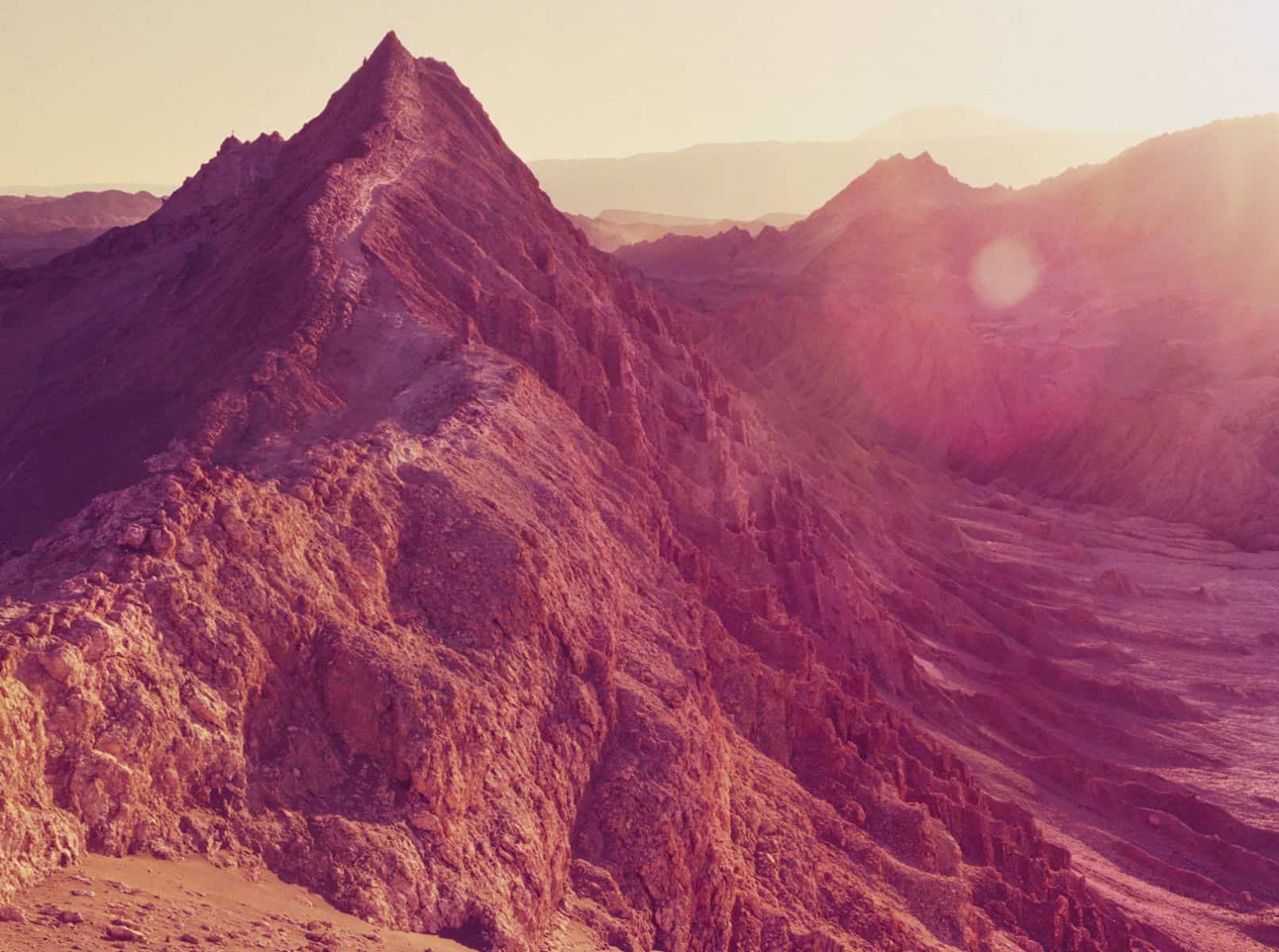
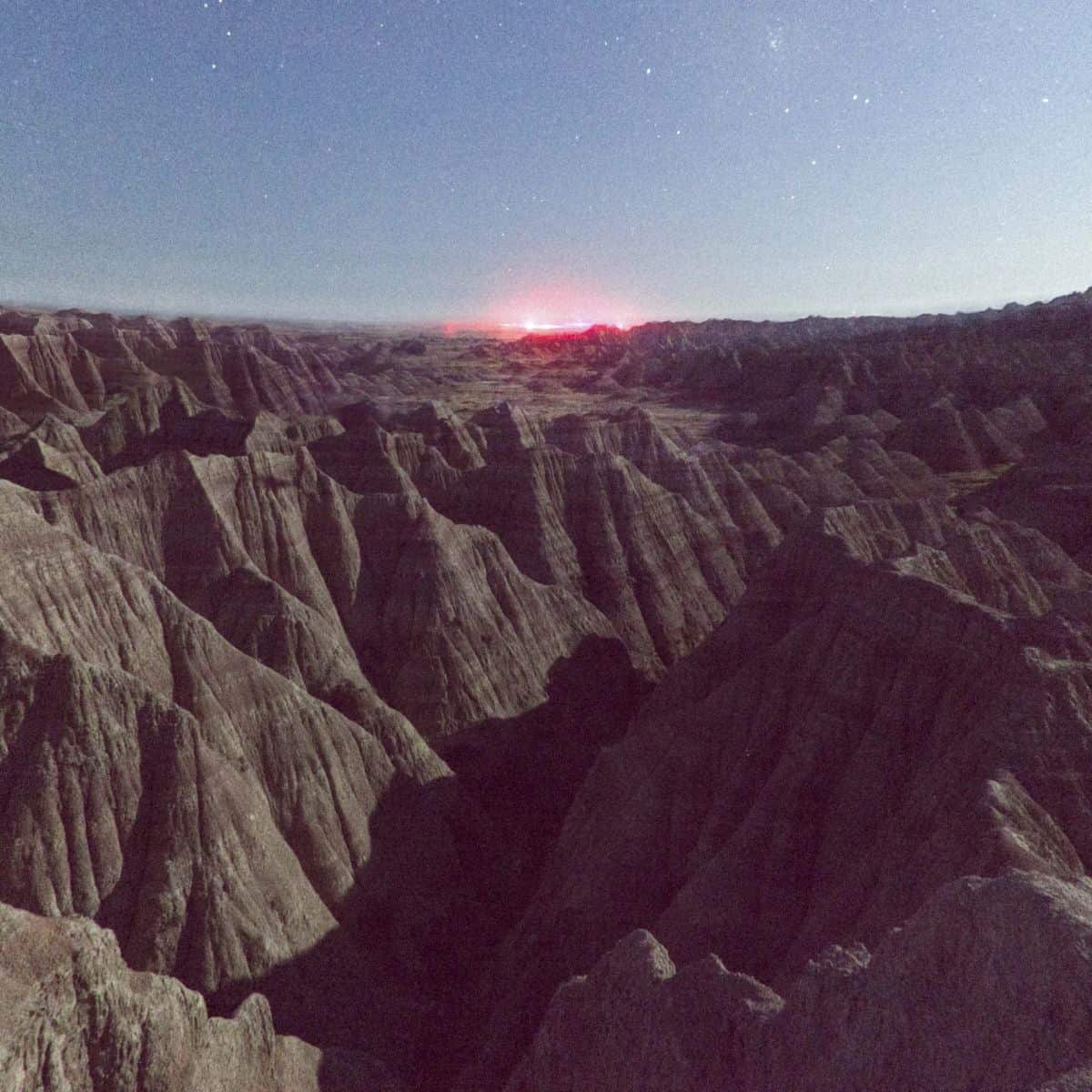
Ah! Because I’ve seen in the past you would use a Mamiya, you used Polaroid. Do you feel more comfortable using one set of tools over the other?
I’m very comfortable with film and Polaroid and all that, I’ve just worked with it for a long time now. I consciously avoided using a digital camera I think because when I was working with film, and I was scanning negatives, I would, once you scan a negative, obviously it’s a flat image, and you have to process it somehow. For me, that was almost like a craft, working on an image, and it was just as important as actually capturing the photograph in the first place. I felt like, with a DSLR, you just get that straight out of the camera, it was difficult to bring it back to a flat canvas from which to build up again. I don’t know, there’s a kind of…maybe I was in love with the process, I probably was, and all these amazing cameras, and I still love these cameras; the SX-70, the Mamiya C330, the RZ67. They’re all just…it’s an experience working with them, it’s a ritual.
Definitely. I’ve used all those!
Well actually, I bought a Mamiya C330, because you had one, it was because of your portraits I thought, “oh, I have to have one of those cameras!
That’s awesome! Hahahhahaha, excellent.
I don’t have one anymore, but they’re really good.
My favorite medium format camera.
But yeah, I use digital more and more now. I think I’m just more comfortable with not having that process of using film cameras. I learned…back then, I was so in love with the process, I was a little bit caught up in the nuances of certain film or certain processes, certain lenses, that kind of thing. And eventually I realized that I was inside this circular thing, and I needed to break out of that orbit. I needed to remind myself that it’s just about the picture, when it comes down to it.
Right. Well, depending on what your goal is.
Yeah. Yeah, definitely. So eventually, I picked up a DSLR and started using that. Another reason for using a DSLR was because they shoot video, and I was learning more and more about video, as well. One of the things I’ve learned over the years is taking five large vintage cameras around with you just does not work, it’s just really really tiring.
I was going to ask about that!
Suddenly, you have quite good video camera that takes really good stills, as well. So yeah, I’ve been learning to use DSLRs.
Is it hard to find places that you can bring a fresh eye to?
Uhh no! No, I find it quite natural. If I’m drawn to a place, I will spend time there, and I will get what I want…I’m not able to go out as regularly as I’d like to. When I was doing a lot of touring with the band, that was the time. What better way to see the world than to be booked to play a show, and then you ask to be flown out there two weeks early, and they say yeah, sure. So you get to go to the other side of the world, you don’t have to pay for a plane ticket. Suddenly you’re in this amazing place, and I just take a bus and go traveling. I was in a very lucky place, being able to do that. And a lot of the places, luckily, the places we were playing at were very close to interesting locations.
So when we played in Chile, I took out two weeks beforehand, and I got in a bus with a couple of cameras, and I went into the Atacama Desert, went to some of the observatories out there, I took a bicycle and rode out into the middle of the desert in the middle of the night, and it was absolutely amazing. I think night photography is a big thing for me. I’m very interested in, not just a split second of time, I’m more interested in working with long exposures, and I think part of that speaks to the idea of a different sense of time scale, particularly with landscapes. I think it references quite immense times scales in geological history.
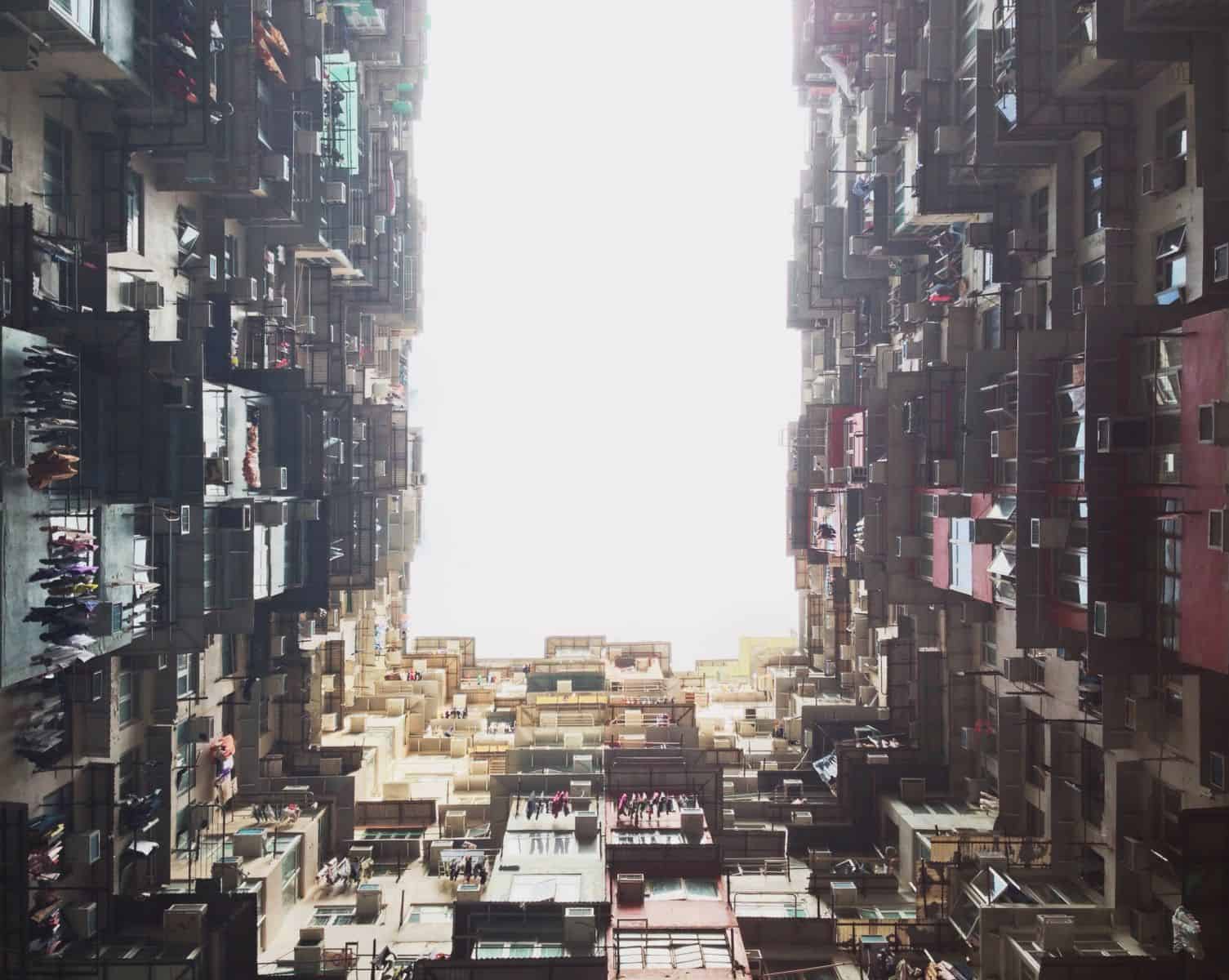
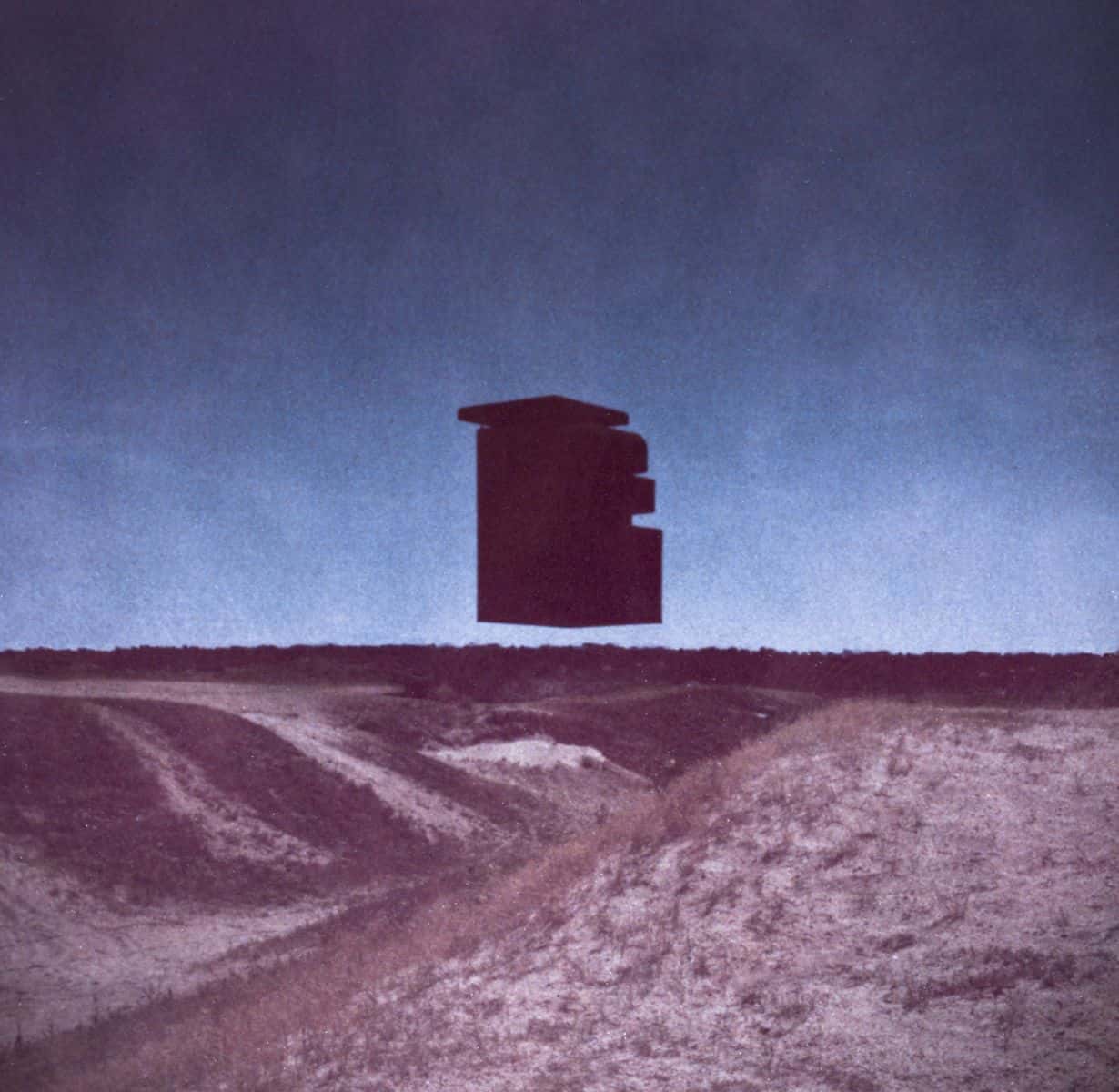
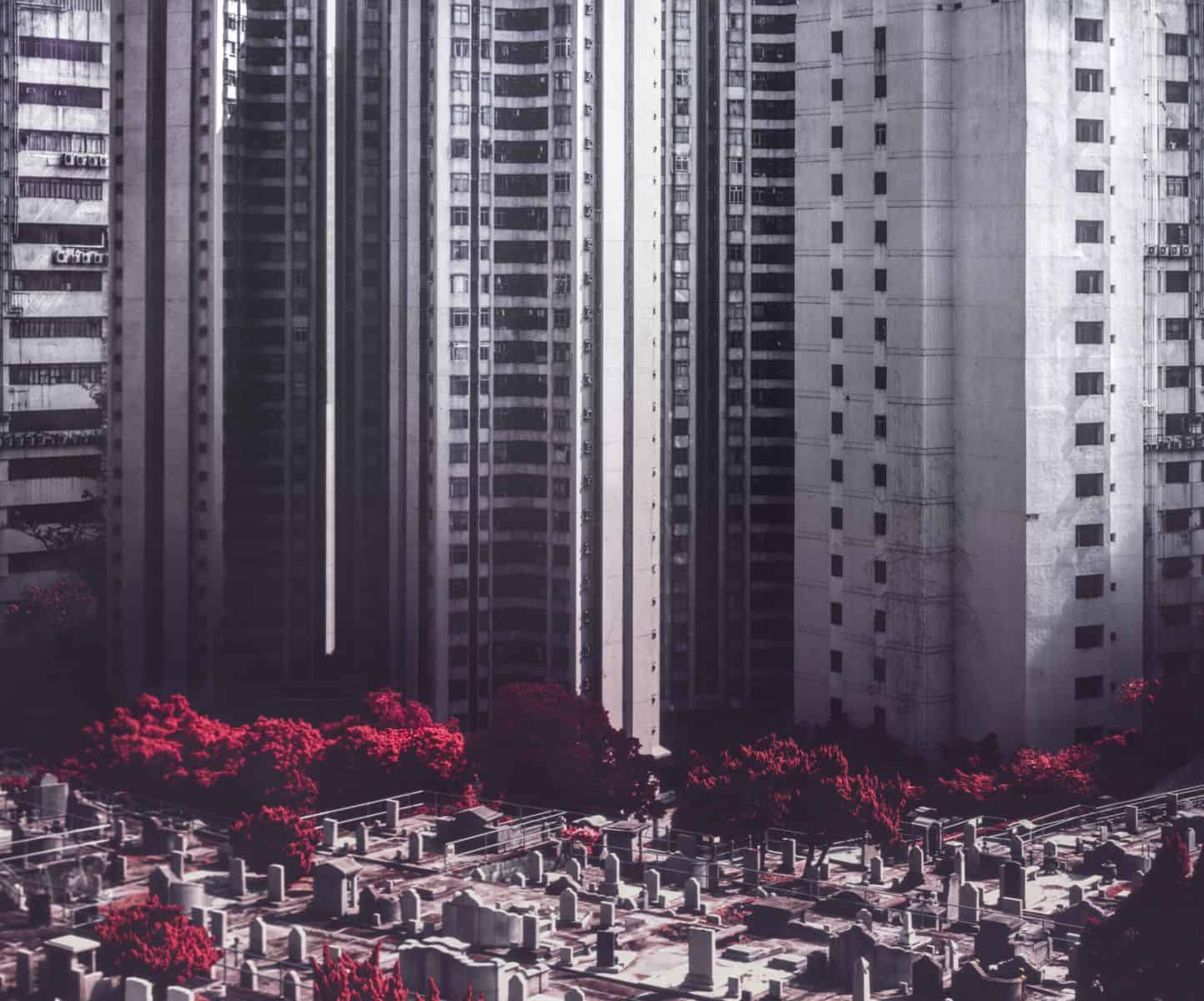
Mmhm.
And also, it’s a lot more fun with no people around, and I think maybe I’m quite anti-social, but I don’t really enjoy going to these beautiful places when there’s loads and loads of crowds around. For example, in Yellowstone, I went there a few years ago, and it was the height of summer. And during the day, just walking around the geysers, it’s kind of horrible. Just noisy, and crowded. And then you take a photo, and the photos that you take look like exactly like every other person’s photo. I wanted to go beyond that, and I came back that night when everyone had gone to sleep, and it was a full moon, and it looked completely different. It allows me to have my own sense of exploration, even though it’s not really exploration; it’s all been done before.
Right, I feel like that’s the challenge.
I like the idea of being able to see something for the first time. I know that I’m not, but doing something at night when there’s no one there, makes it a little bit closer to that ideal.
Do you crave solitude? Or is this when you do go out on a project, or a trip to shoot, is that the time in which you can enjoy solitude?
Yes, the latter. I like my solitude and I need it, but I do actually love people, and I love my friends, and I enjoy spending time with them and traveling with them. But a lot of the time when I’m working, when I’m actually trying to figure out the lay of the land, then I just prefer to be by myself. I want to go over there, I want to check that out, I want to climb that thing. I think what I want to do in a landscape is not really what other people want to do, because sometimes I can do something that’s a bit dangerous or a bit stupid, and I don’t really want to put anybody else in that situation.
I don’t normally do this, but there is one shot that I’d like to discuss.
Oh yeah.
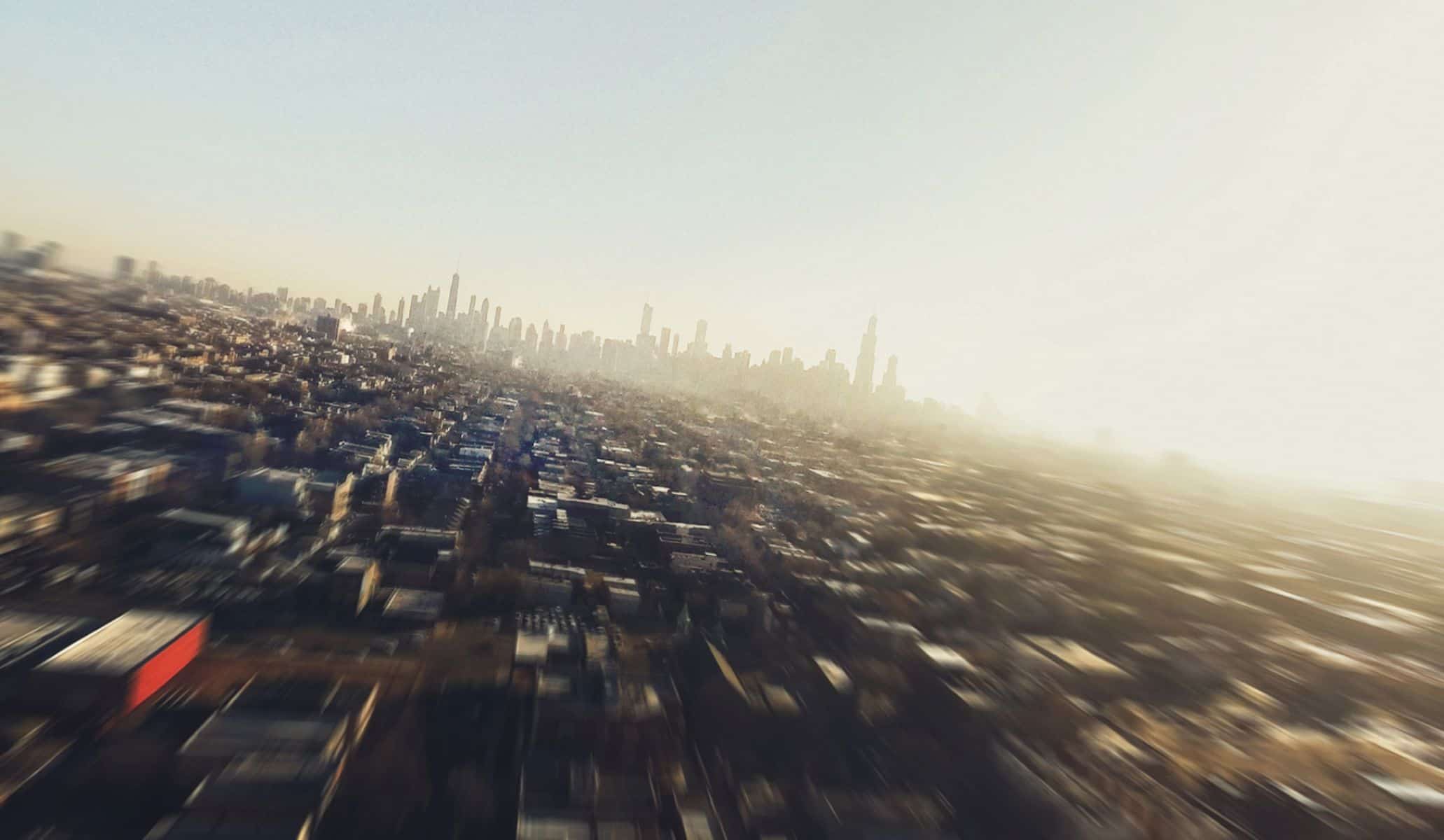
Tell me everything you can about this shot, because even among… your photos I think are definitely very idiosyncratic and very much new perspectives of places that have maybe been seen before, but that shot is just extraordinary, it’s so different from anything I’ve ever seen in a still of any kind.
Right.
Yeah, it’s just fascinating.
Well, thank you. It’s, that’s, a GoPro took that photo and the GoPro was on a drone, above Chicago, the sun was setting and I was just flying this thing around. I’m very interested in the idea that you don’t have to be at a certain place with a camera. I know that I go on about the experience of being in a place, but it’s interesting to actually be able to control a camera, which is a long way off from where you are.
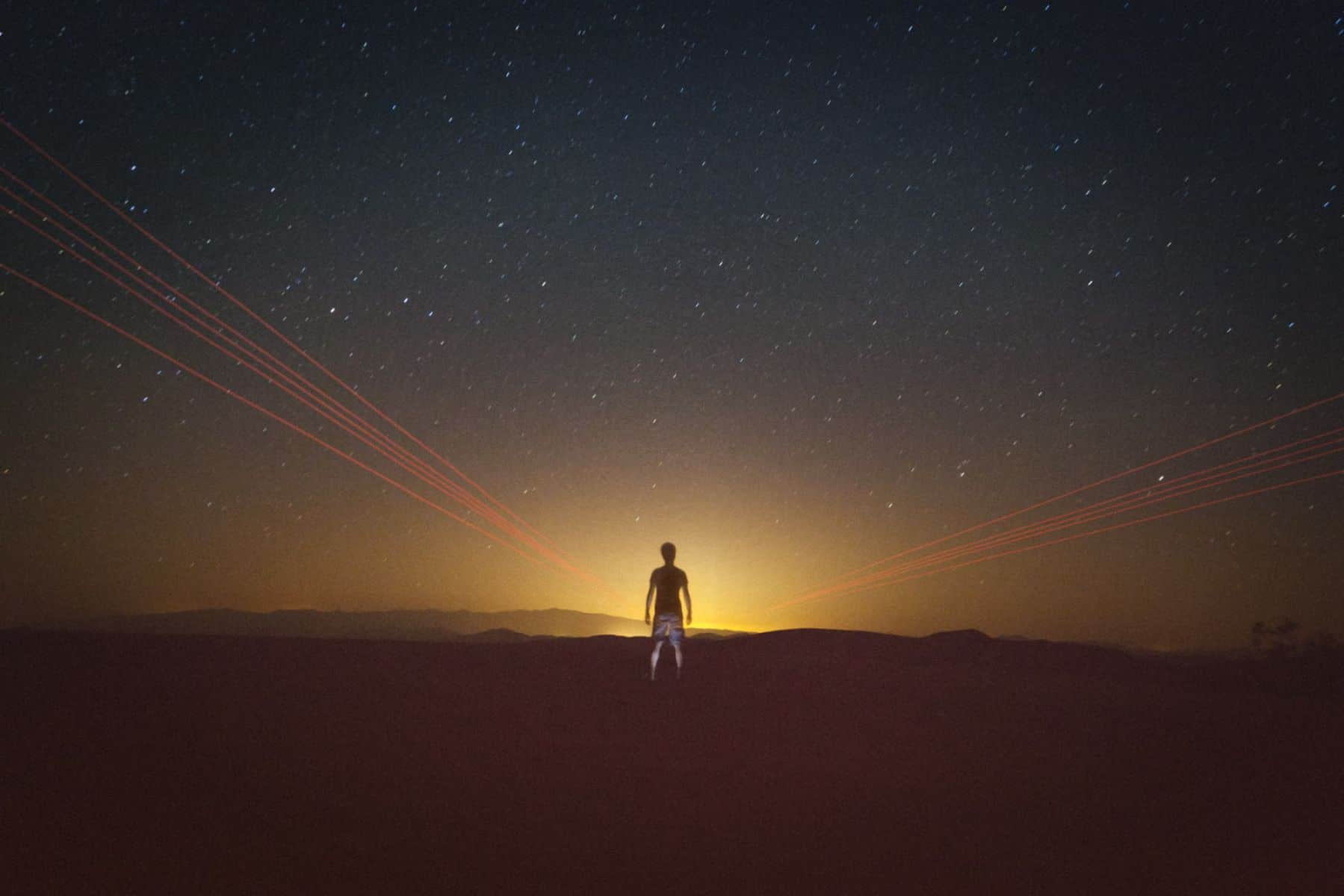
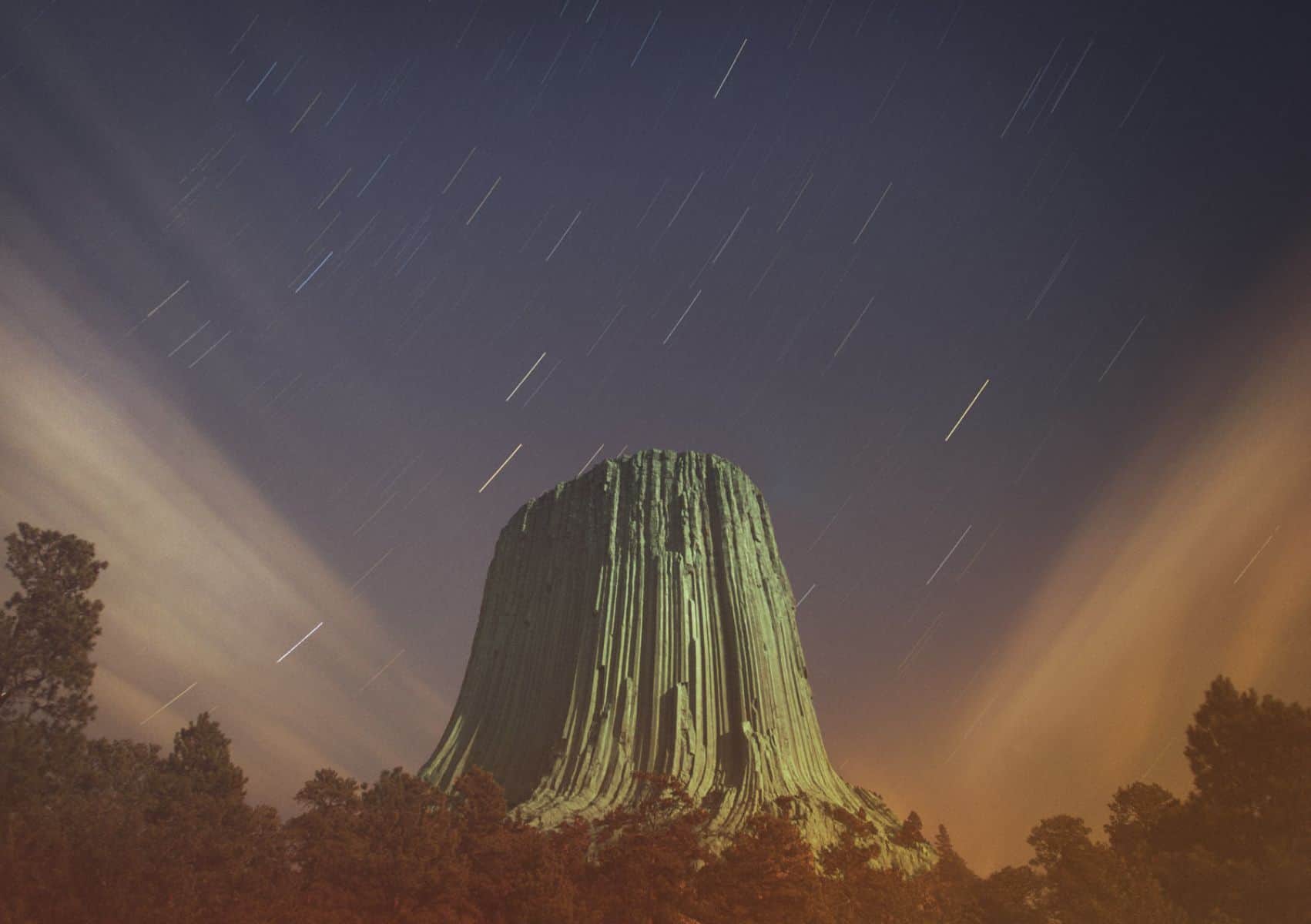
And that still seems like it’s part of the process, because it’s an experience.
Yeah, yeah, it’s an immersive experience. And I’m still living through that camera, because I’m living through that camera more than I would if I would be in a landscape, because I would be there looking at it with my own eyes, but with a drone, you’re inside this world of technology.
Is this a still you pulled from video, or was this a still that you took with it?
It’s a still that I took with the GoPro.
Because, I mean, I’ve seen a lot of GoPro footage, I’ve seen a lot of GoPro photos, and they still don’t really have this level of quality.
Thank you.
And it makes me think of that kind of imagery, generally, doesn’t really think that much about light or about composition, it just tends to be almost gimmicky. A straight down shot because you can get the camera up high, or just being a big landscape shot because you can get really far away. But they don’t really take a lot of, maybe artistic concerns into account. Or don’t take advantage of dealing within a three dimensional space. It’s always straight on, it’s always a very straight angle, whereas this, it’s dutched, there’s this feeling of motion, it’s a very immersive photo.
I think it goes back to being trapped inside a nuance of something, of technology or process. And I think with a lot of people who use drones, they’re very exciting toys, they’re really cool to play with. And you can go really really really high up and take a picture of something from a really long way away, and you forget what you’re doing is really not that interesting. It’s interesting for when you’re flying around.
And to you, maybe.
It’s interesting to you, yeah, it’s like, “oh!” It was interesting because I was controlling the thing, but it might not actually be an interesting image. So I think it’s important to step away from the technology and think what is actually interesting about this composition. What are the inspirations, why do you think this is interesting. I think a lot of my stills are informed by, I suppose film?
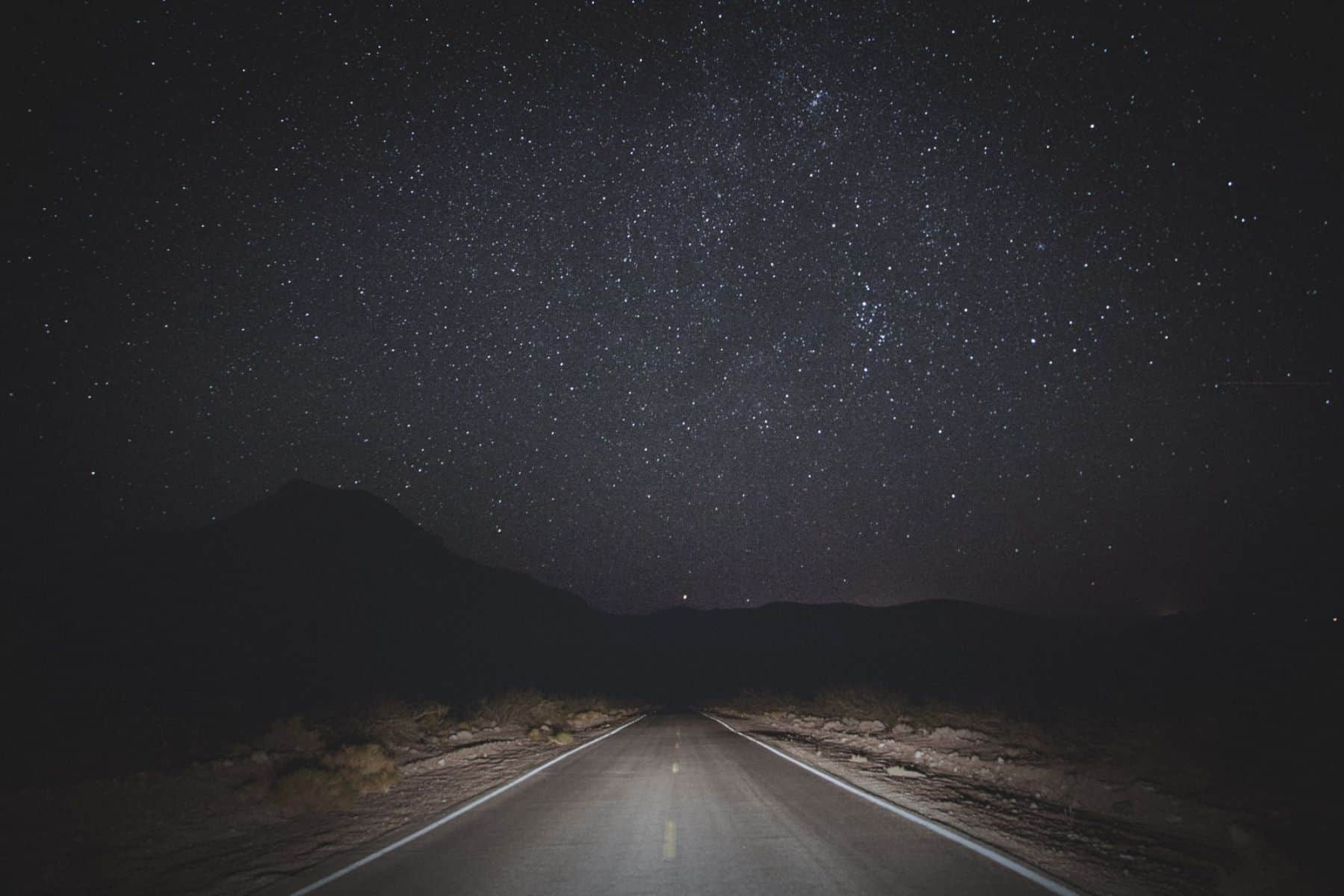
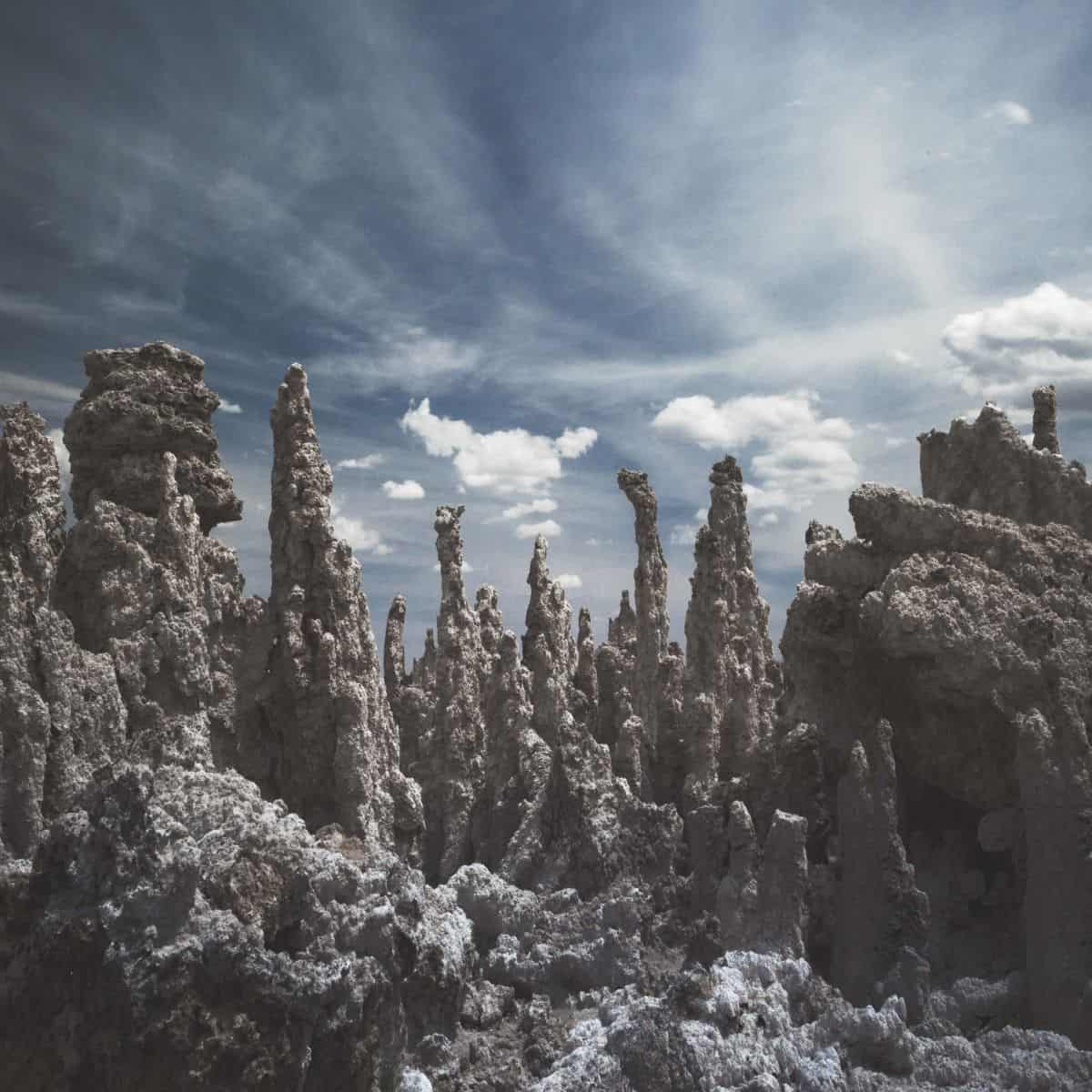
Like cinema.
Yeah, like cinema and film stills, I suppose. I see some of my work as frames from movies that haven’t existed yet.
Do you think that you try to imply a narrative in some of those photos?
I do, yeah.
I feel especially the ones that have people in them, there’s kind of a sense of something occurring beyond the frame.
Yeah.
Is there a sense in your mind, when you’re photographing, of that narrative?
Yeah, it’s like it’s a nebulous thing. The narrative isn’t really, you know, it’s not explicit. I suppose it’s like lyrics to a song that you can’t really figure out. Like, “what’s this song about?” And it like, “well, you know, it’s up to you, what’s your interpretation of the song?” That’s one of those things that bridges over…in my experience in music, it’s the same kind of thing. The picture means something, but it’s not really explicable, or at least I don’t really want to explain. If I do say something, then maybe it’s a very short caption or something. But I feel like the picture should encapsulate everything that someone needs to know. And obviously, the viewer needs to have some kind of an imagination, or sense of humor, or something to get meaning from an image.
You don’t want to diminish the piece by reducing it to one set explanation?
No. But sometimes I do!
Hahahahha!
Sometimes I say, yeah, well, particularly when it depends on what kind of image it is. I took a picture of the blood moon last night, like everyone else did, I took it from my back garden. There’s no story. It’s the blood moon, from my back garden.
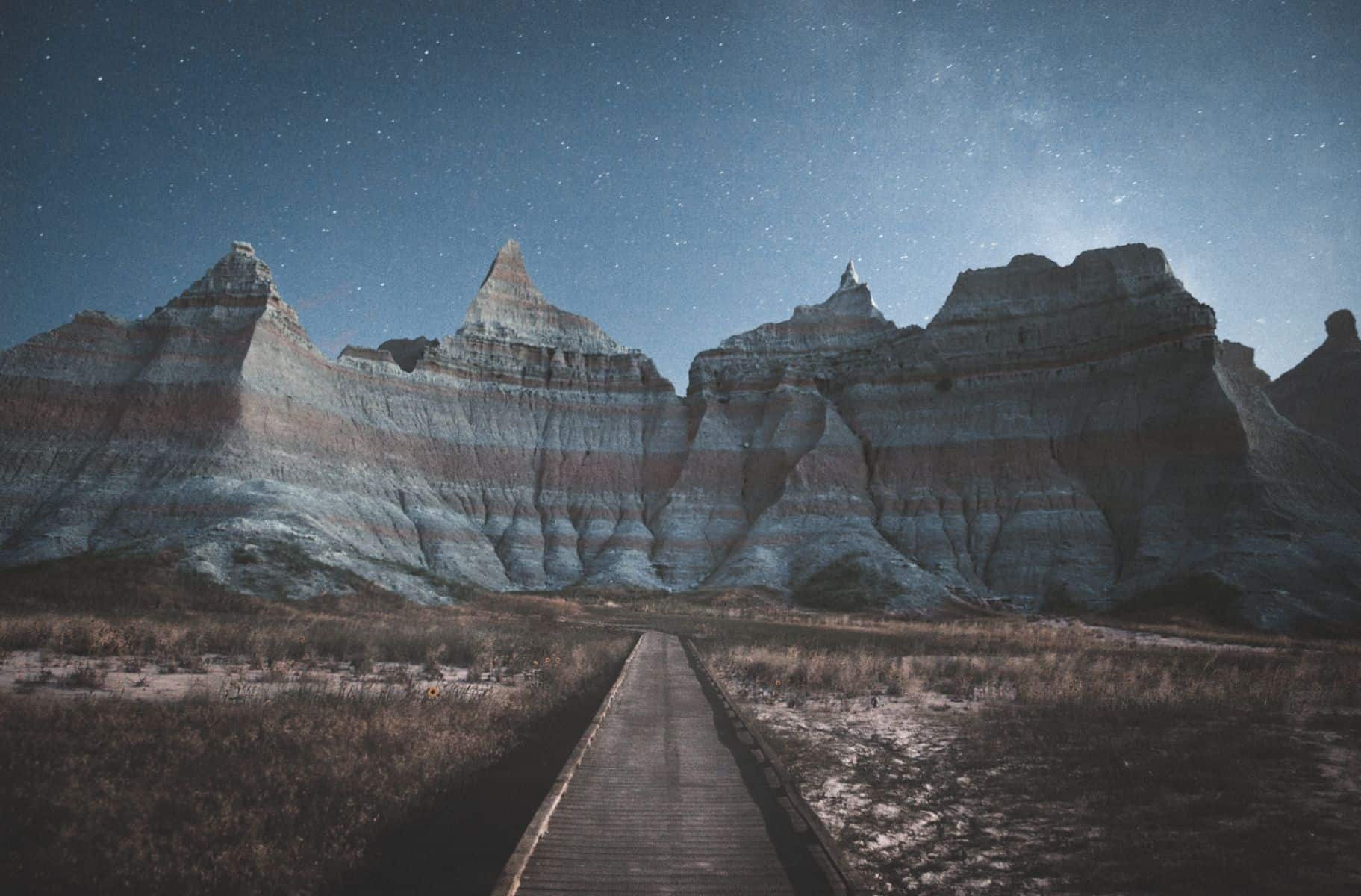
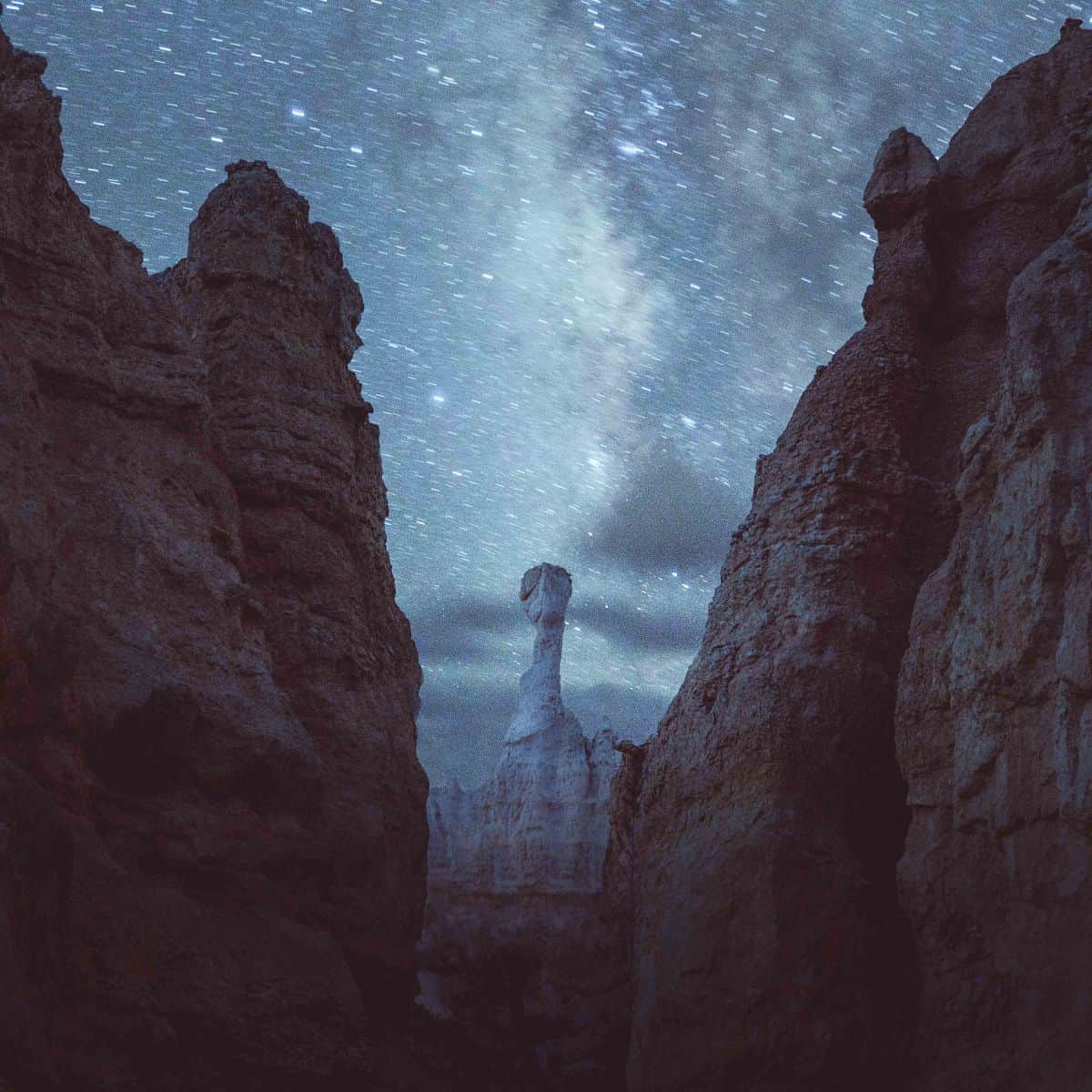
What was your impulse in taking that picture?
I didn’t really plan on taking any pictures at all. I was watching TV, and at the end of it I was like, “oh, it might be time for the blood moon, I may as well go outside and have a look.” I walked outside, and it was actually really quite cool, so I went inside and got my camera and took some photos. Eclipses, I mean, eclipses are pretty crazy…
Phenomena?
Fundamentally weird things. I take a lot of pictures of the sun and the moon and stars, and everything about that. I’m interested in the geometry and the arc…the motion of the heavenly bodies and that kind of thing, and how that fits in with humans and our technology and our history and stuff. It’s quite interesting to see what happens when the moon or the sun does something that it’s not really meant to do. Suddenly the animals stop making any noise, or something.
Right, they start freaking out.
Suddenly gets really really dark, and quiet, or really noisy, like animals can just start freaking out, so that’s quite interesting. I live in a place where it’s quite countryside-like, but there’s other houses, so it’s not like there were loads and loads of cows that started mooing, or anything like that. It did just get quite quiet and odd, and I don’t know if it was just me getting excited about it, or maybe it was affecting me, I don’t know.
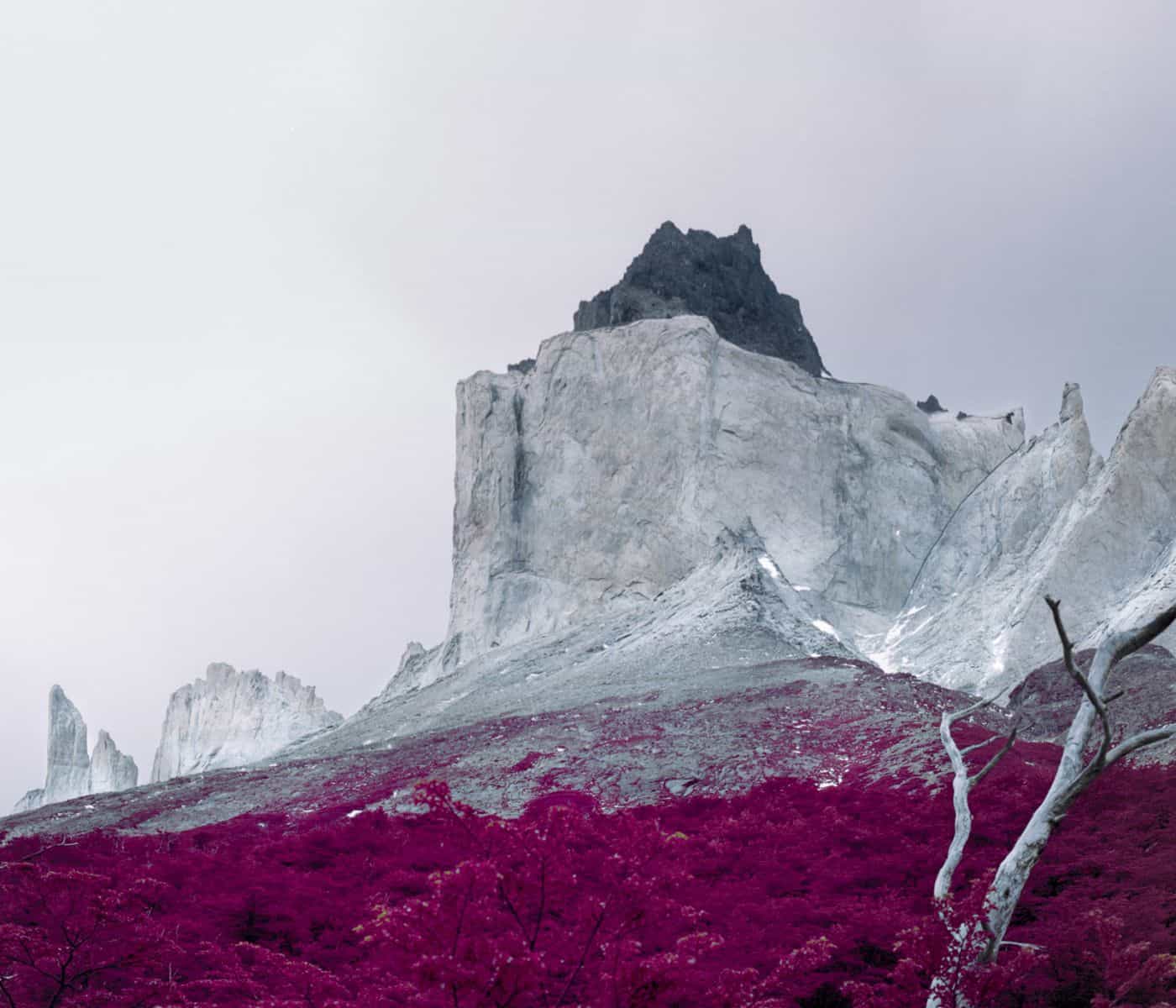
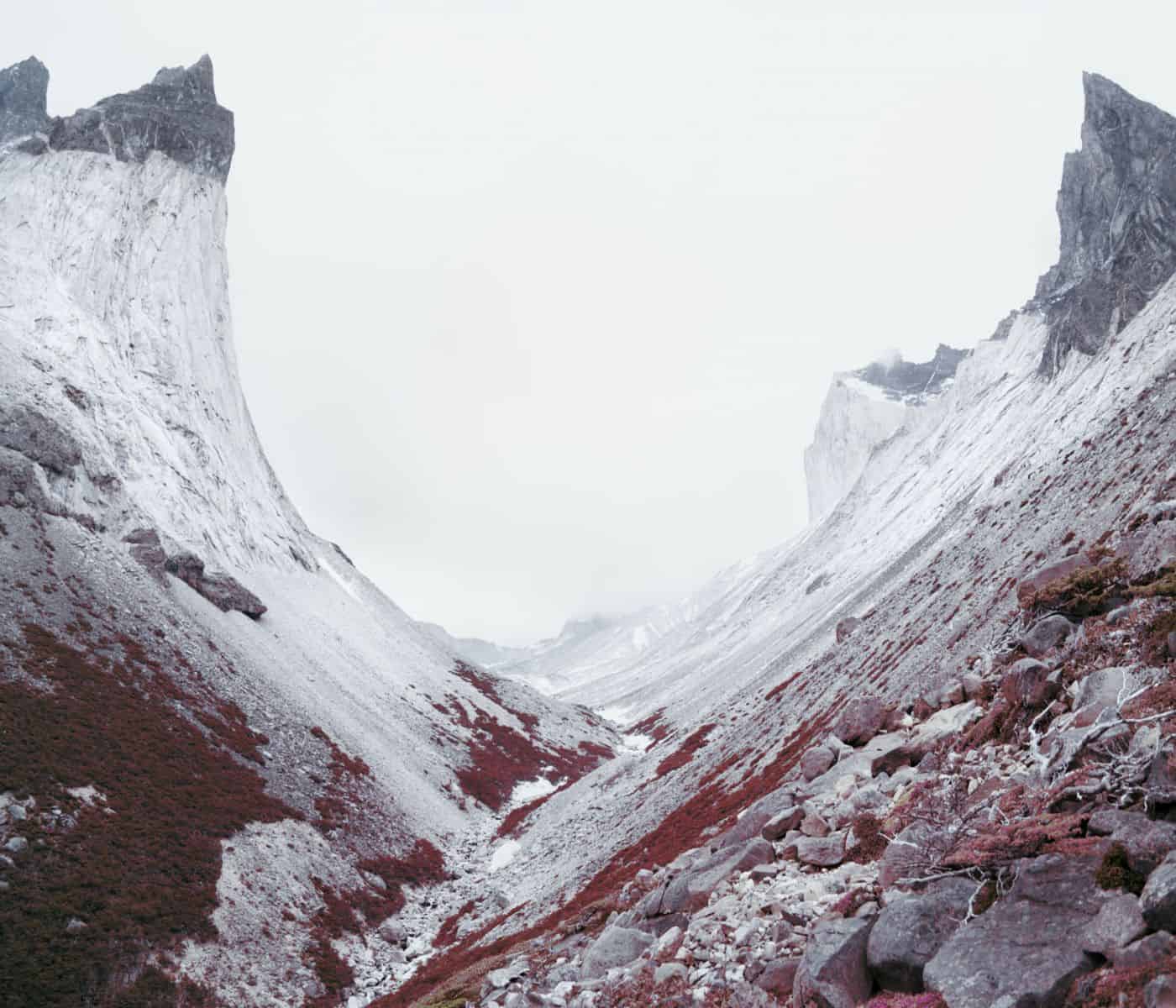
How did you end up in Chicago?
My wife is from here. I met her when I was touring with the band, and then we started dating. And eventually I just moved over here because I have a work visa for music, so I was able to come over and spend months at a time. So I like it, so…I actually prefer the States to England, even though I have friends in England who I greatly miss.
We’ll cut this from the interview!
No, it’s okay.
We don’t want them knowing how much better it is out here!
Hahahaha, well, we do have a free health service.
Yeah no, that’s good.
For a while…
For at least a little longer.
A lot of things are kind of…you know. But I like being in Chicago, it’s nice. And from a work angle, I feel like there’s more going for me here, than back at home.
Do you go exploring locally?
Not really. Because it’s quite flat. There are some nice places, like the Great Lakes. Lake Michigan is amazing, and so I do shoot the lake quite a bit. It’s more about the time of year, winter in Chicago is awe inspiring, and I do really love it for a while…I think for about three or four months, I really enjoy photographing Chicago in the winter time. And then after that, the last two months I’m like, “this has to stop now, I’m going to kill myself.” I can’t keep digging the car out of the snow, like, every day.
I’ve heard about that!
It’s really…it can be really bad, especially, I think it was a couple of years ago, the polar vortex?
Oh yeah!
When it got really really cold, and I was having a whale of a time photographing the lake, what happens to the beach in the winter, it’s crazy, it builds up into this huge cliff-like barrier of ice, it’s really quite scary. And photographing the sunrise and the moon and stuff when it’s so cold, it is like being on a different planet. And then things like the ice caves, the ice caves up in Lake Superior, is when the lakeshore completely freezes up, and you can actually walk out and check out these caves with huge icicles. Quite cool, actually, freezing.
I was there at 2am, just me being me, like, “I’m going to do this at 2am,” and make this really difficult for myself. My eyeballs were just freezing in the cold, it was that bad.
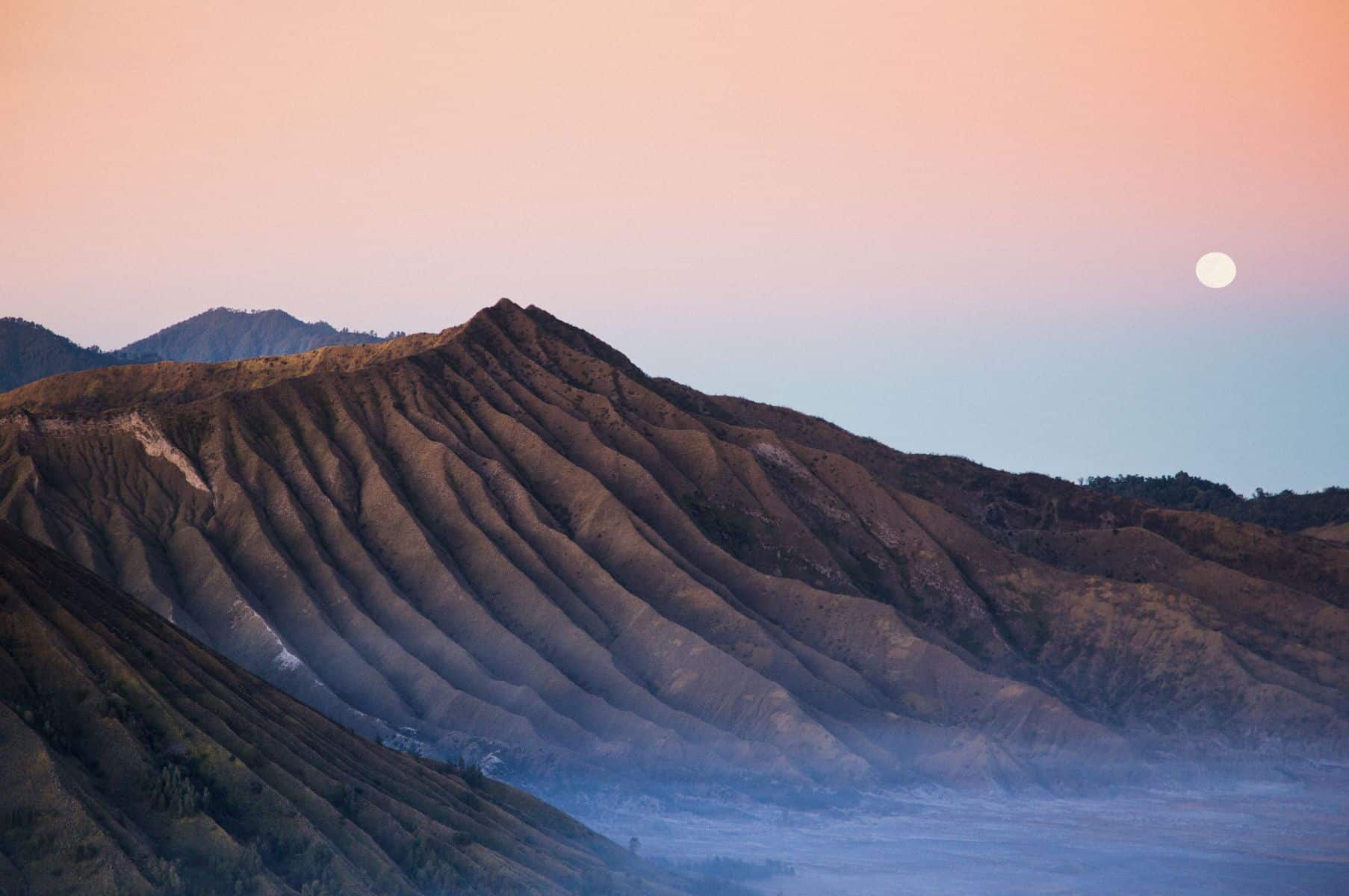
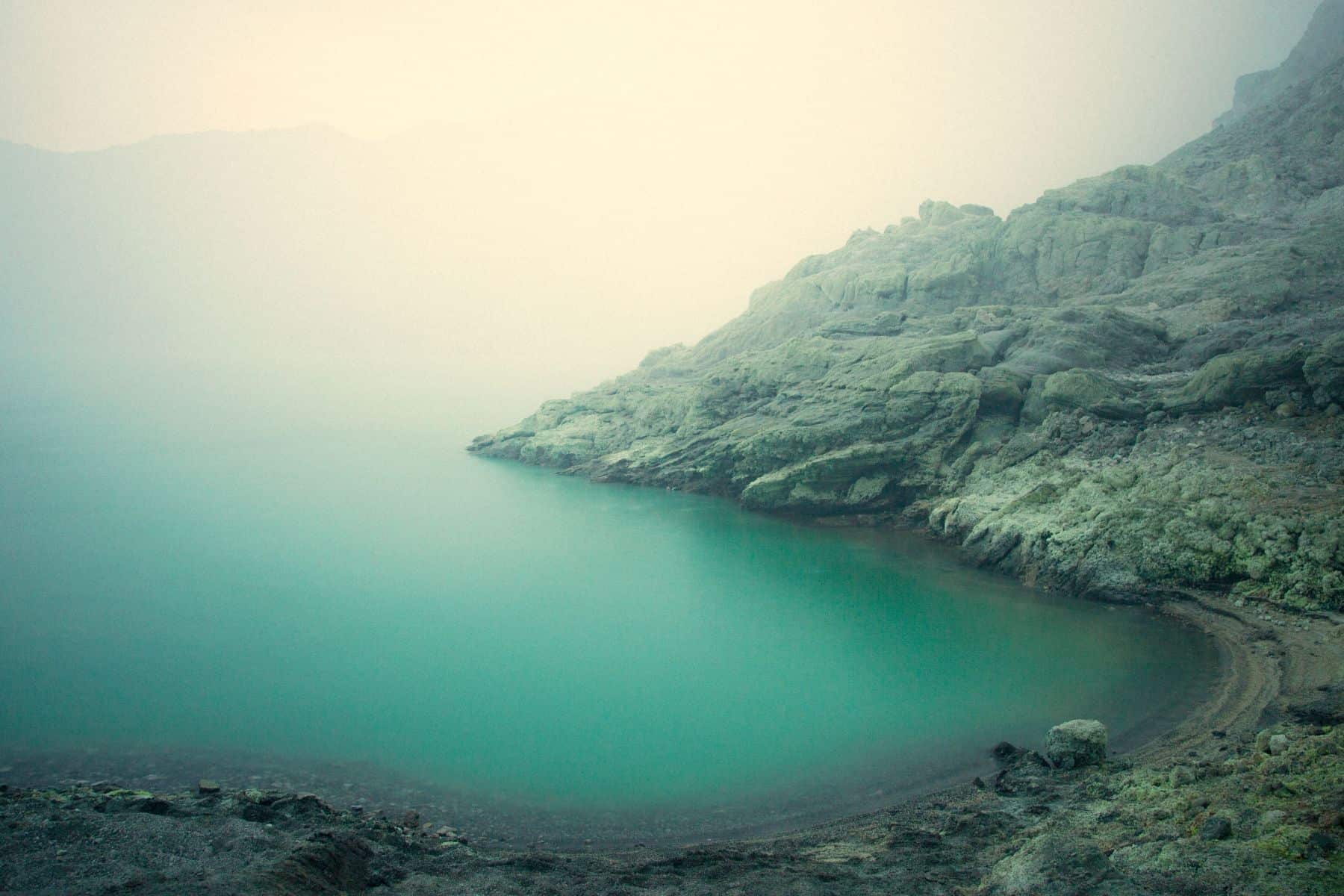
Ooh!
But it was enjoyable. Other than that, I find, I mean, Chicago itself as a city is very photogenic. But for natural landscapes, I’m more attracted to places like Nevada or Utah.
Right, right. It gives you a better chance to acquire that kind of inhuman feel, that alien sense.
I think I’m just more attracted to places where there are mountains and valleys. I think flat land gets boring.
Is it texture that you find yourself drawn to, sometimes?
Hmm, proportions, maybe proportions I think, rather than texture. Quality of light, that kind of thing.
Right, there are some desert landscapes in your work, naturally, and a few mountain scenes where you can see the striations from eons ago.
Yeah. Yeah, texture, definitely, but I think proportion, in terms of really being able to see the processes at work.
Scale.
Yeah, well, I like simple compositions. The simpler I can make a picture, the better. If there’s something in the landscape, there’s just too much going on, then I’m not really that interested. I’m more interested in something which is, you know, one or two really really interesting things, which are about the place.
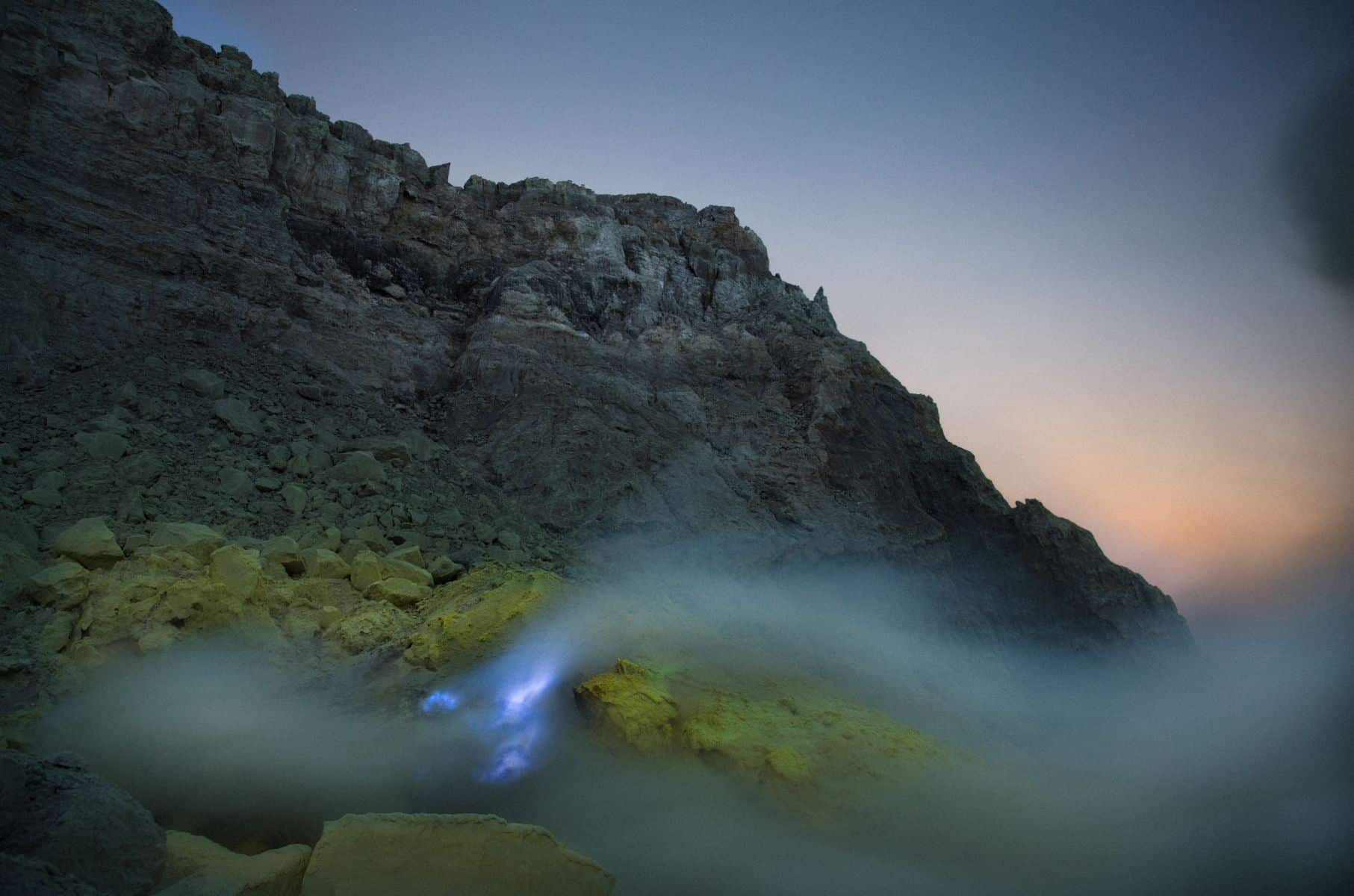
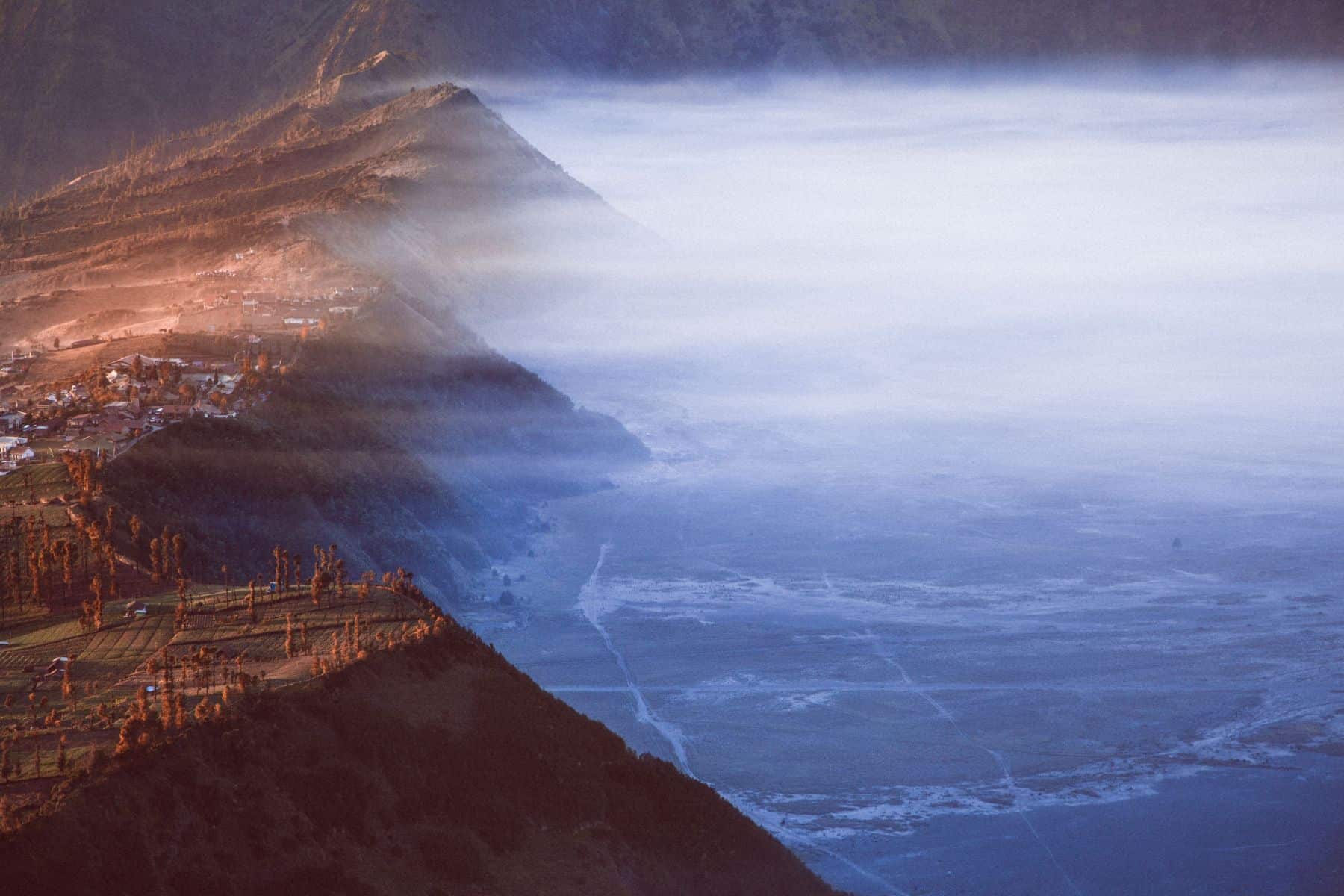
Right. I’ve got one last question. We ask this of all our interviewees: do you prefer the process or the result when it comes to photography?
In the end the picture is the result and that is what matters to everyone else, but as the artist, the process is the method you use to get to the picture. It is hugely important to me, but does not have to be an evident feature for people to appreciate.
Excellent, excellent. Well, that should do it!
Great!
Thank you very much Reuben, it was great to meet you.
Thank you!
